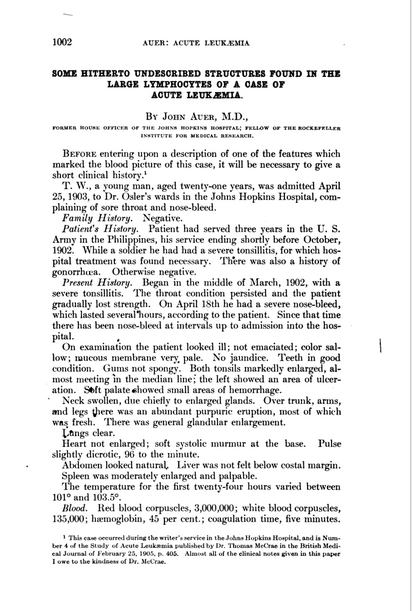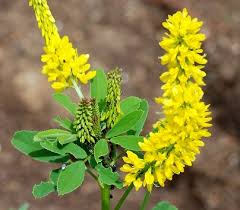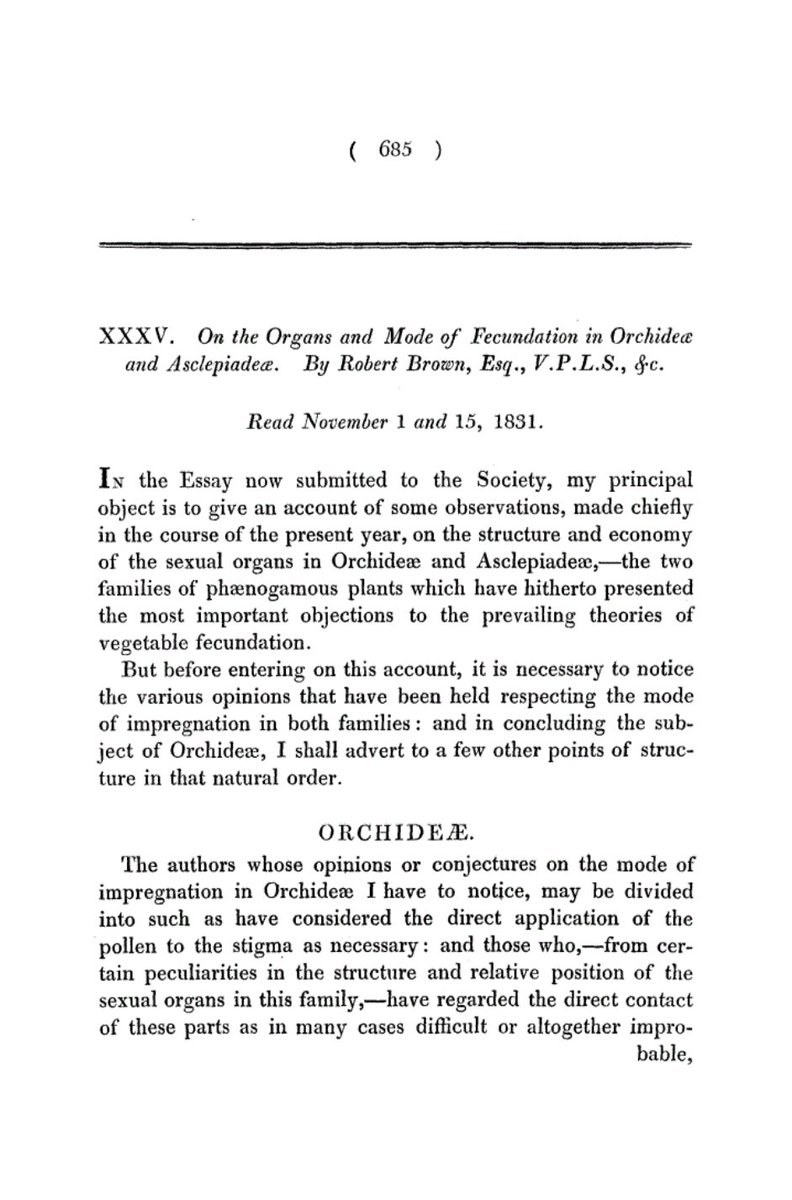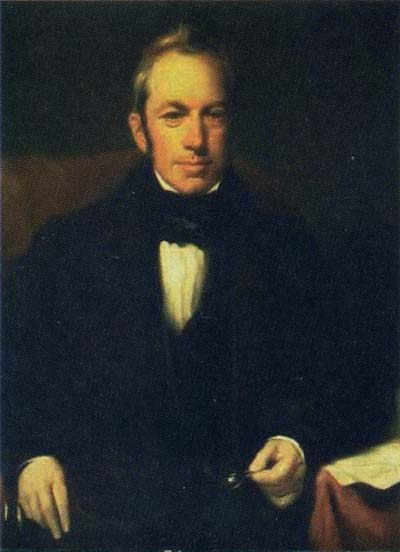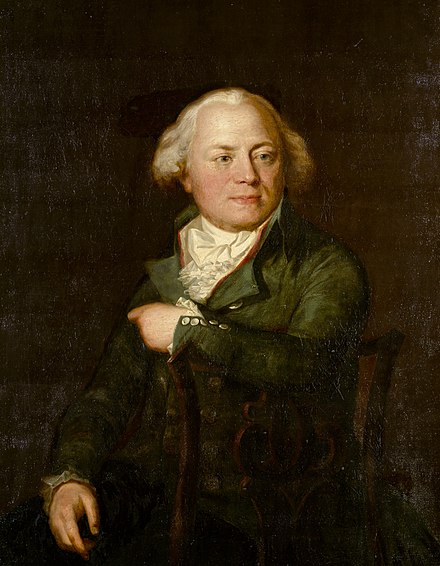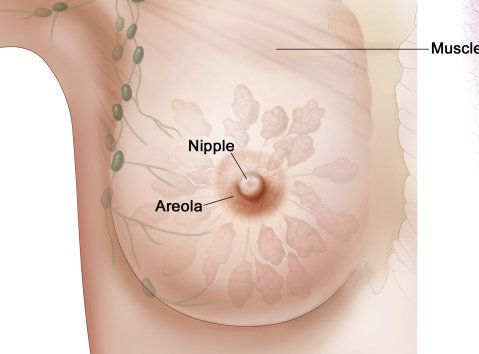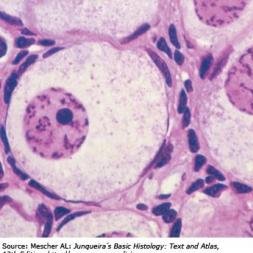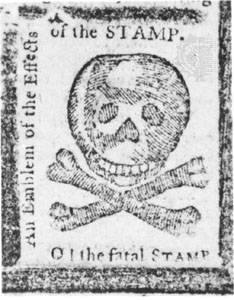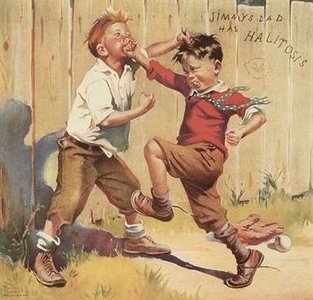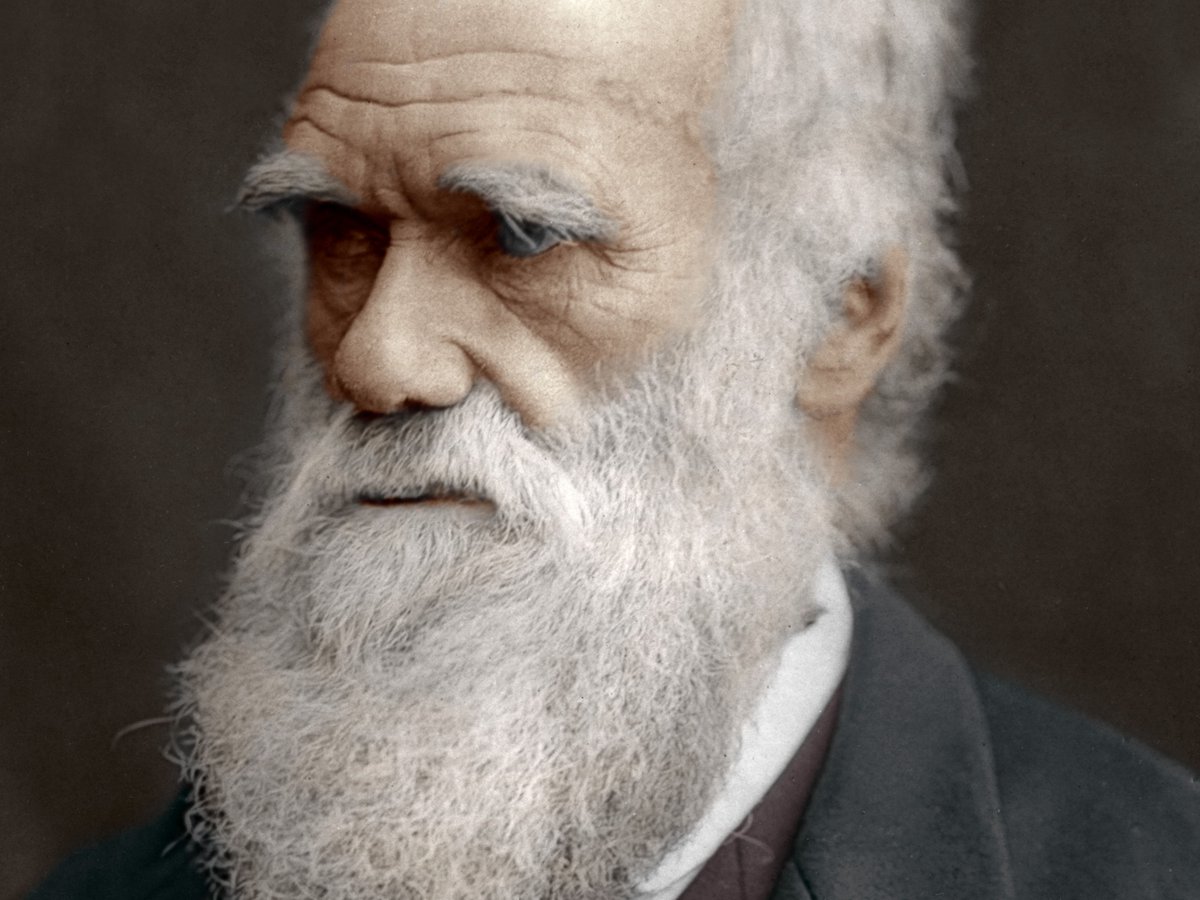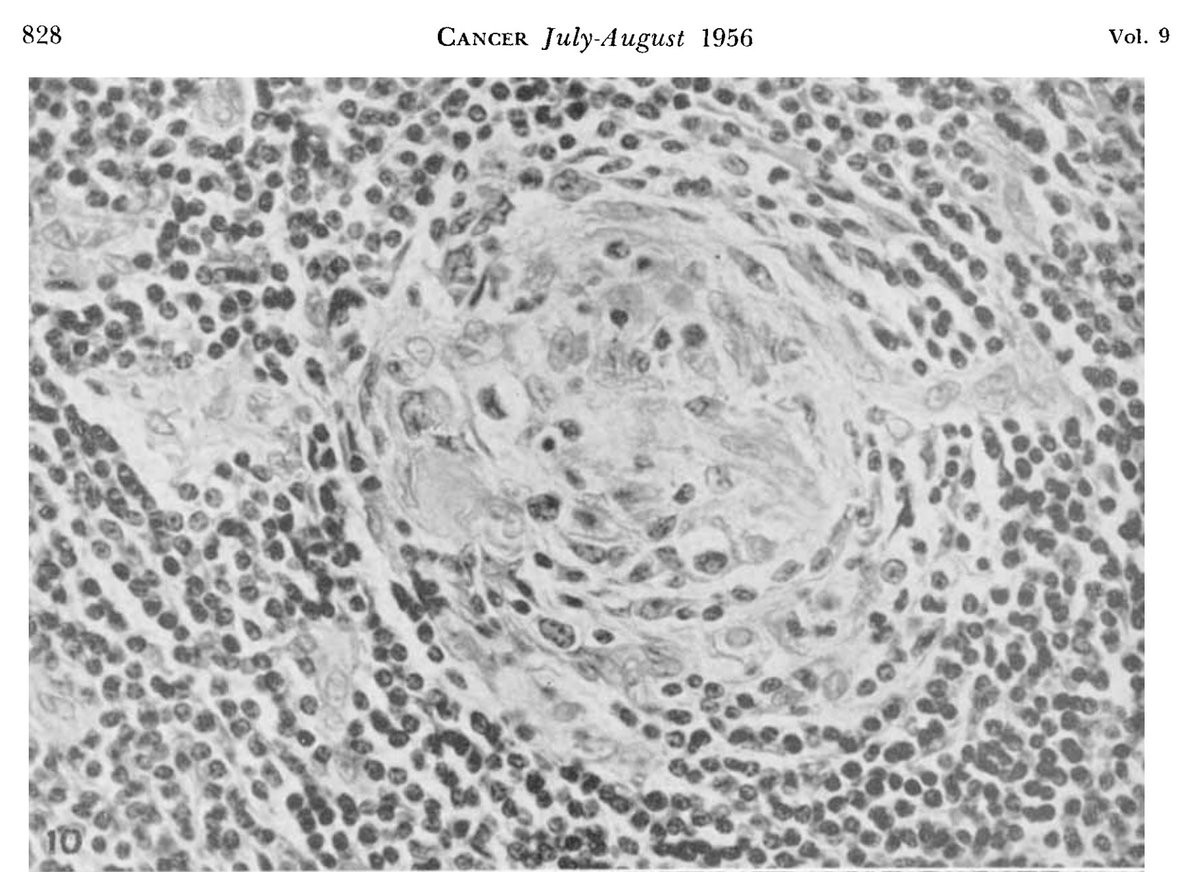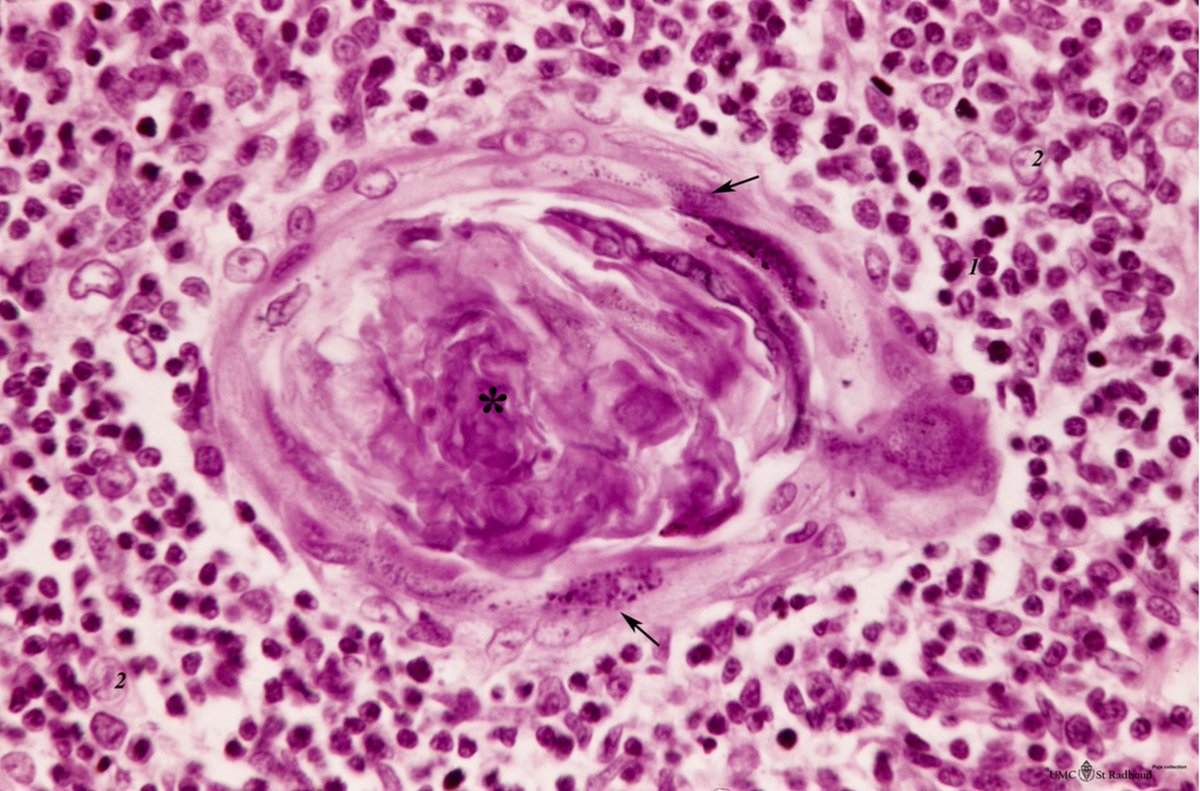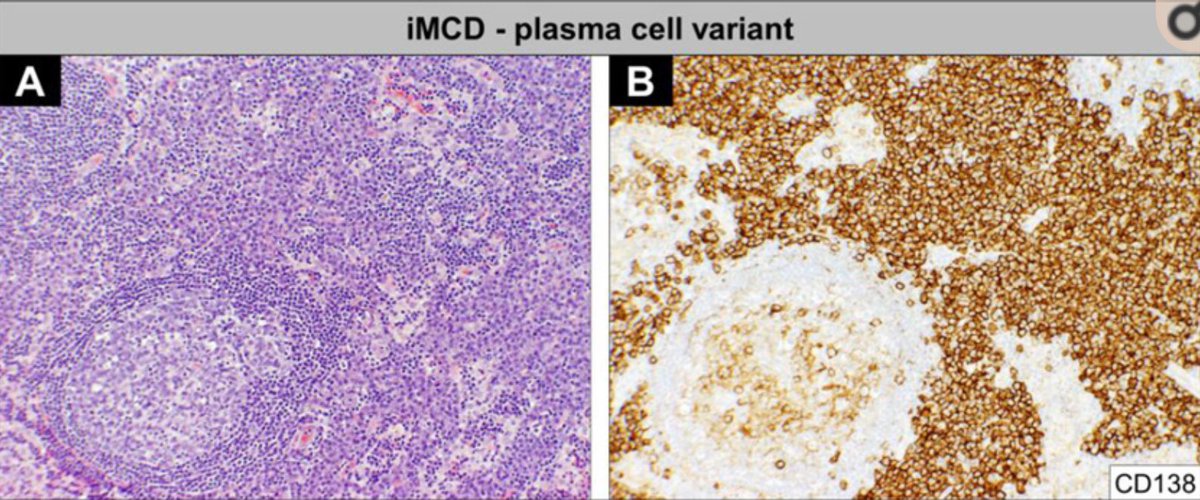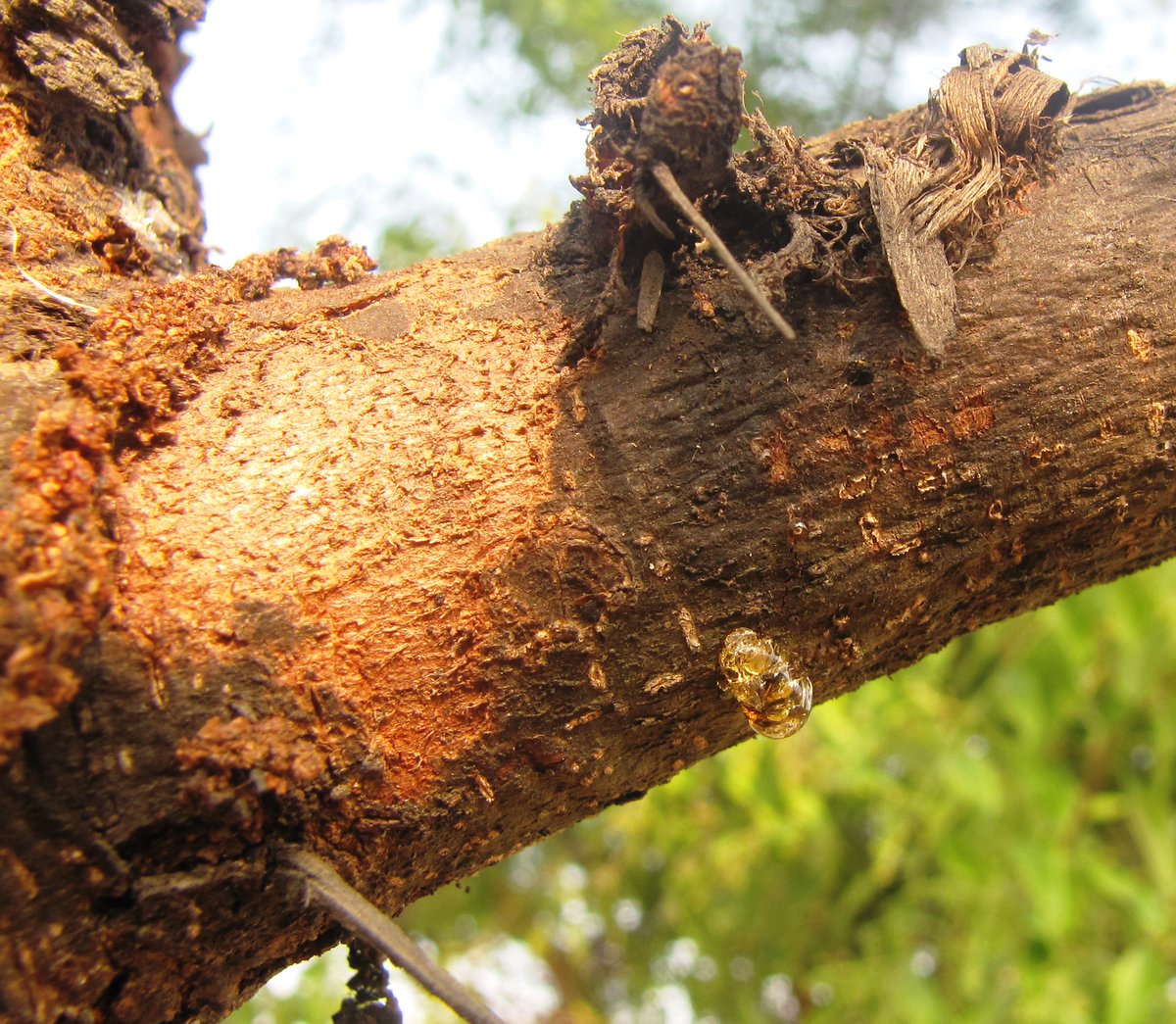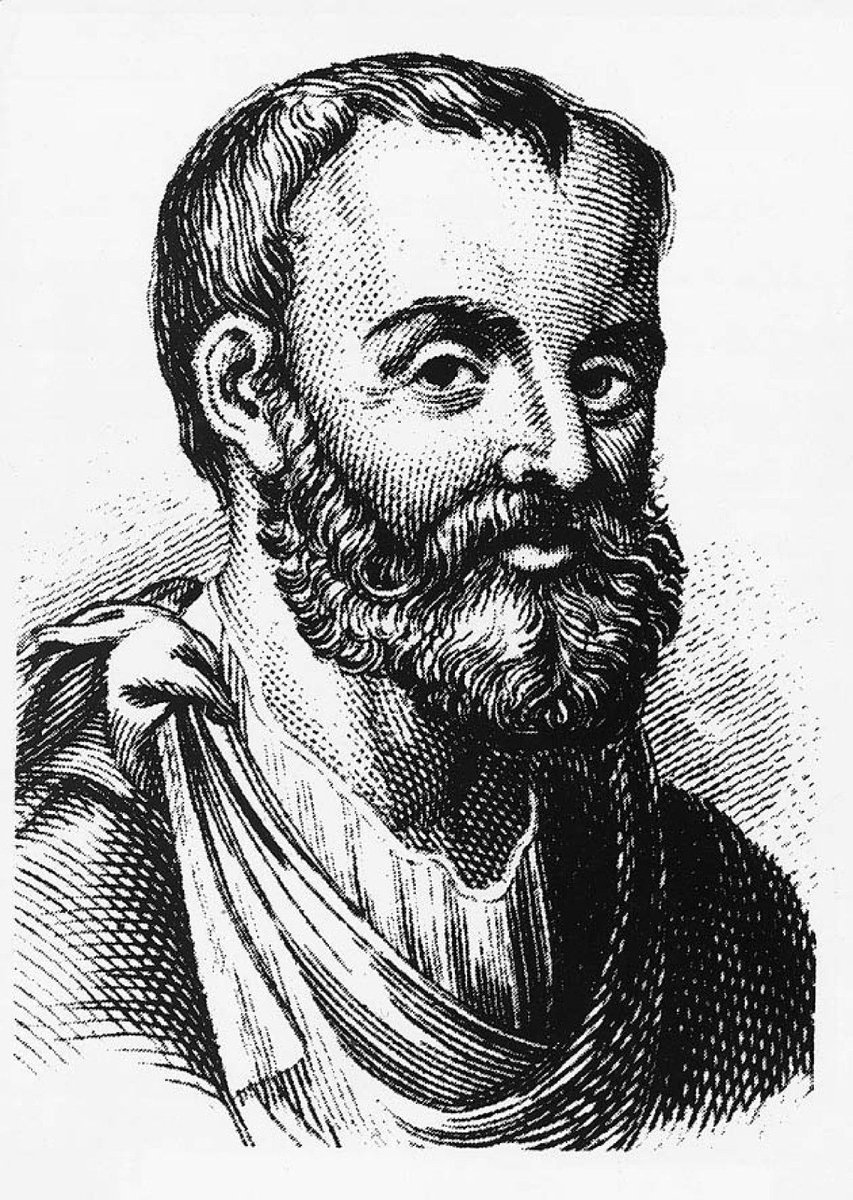Discover and read the best of Twitter Threads about #HematologyTweetstory
Most recents (24)
K-562. It was the first human cell line I ever tried to grow in culture, during training @MayoClinic. It was also the first immortalized myeloid leukemia #cellline, published @BloodJournal way back in 1975. What does the K stand for? #HematologyTweetstory 37 is on cell lines./1 

K-562s were derived from a the pleural effusion of a 53 year-old woman with #CML in blast crisis, so they have Ph+/BCR-ABL. She'd been treated with busulfan for 3 years & pipobroman for a year (limited & crummy Rx options back then), and died 9 days after cell collection./2 

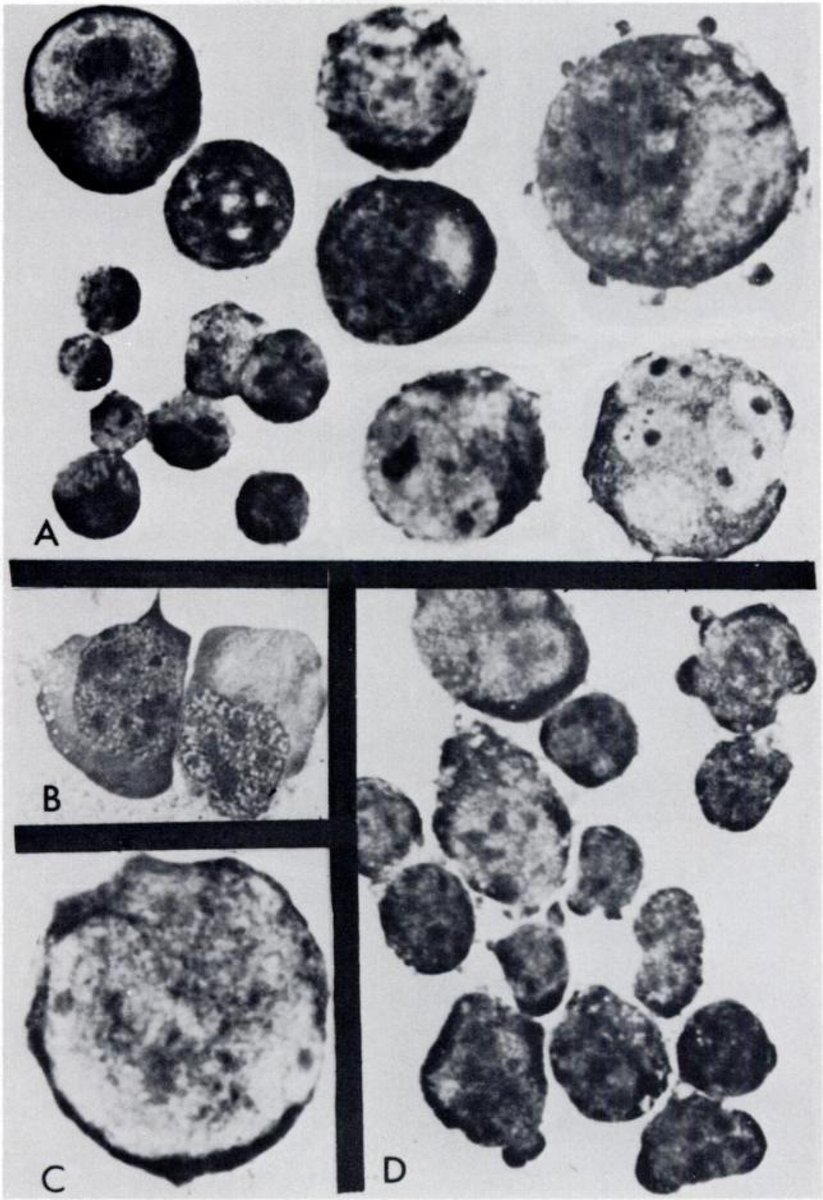

The K in K-562 is for “Knoxville”, where the University of Tennessee & precursors have resided since 1794. The 562? Maybe a vial name. Only Argentinian-born Drs. Carmen & Bismarck Lozzio @UTKnoxville knew; they isolated the cells & published in 1975: sciencedirect.com/science/articl… /3
What is “Bloodburn”? In the @starwars Universe, this mysterious chronic hematologic condition led Greer Sonnel - Senator Leia Organa’s chief of staff - to quit spaceship racing. #HematologyTweetstory 36: hematologic changes from space travel, in fantasy & reality. Image:@NASA/1 

First, some sci-fi fun. #StarWars fandom source “Wookipedia” (@WookOfficial, source of below image) tells us Bloodburn is a “rare, chronic, and often terminal illness of the blood that befell (often younger) starship pilots”. Symptoms include fevers... /2 starwars.fandom.com/wiki/Bloodburn 

Aspirin continues to be the most widely used anti-platelet agent, 125 years after its synthesis. But where did it come from - and why do we give it in such weird doses (e.g. 81, 162 & 325 mg) – at least in the United States? #HematologyTweetstory 35 will answer these questions./1 



Some lucky ancient person serendipitously discovered that willow bark & leaves relieved pain. Hippocrates used tea made from willow leaf to ease childbirth, while the Egyptian Ebers papyrus (~1500 BCE) mentions willow for aches and pains. (Images: Sermo/Pharmaceutical Journal)/2 



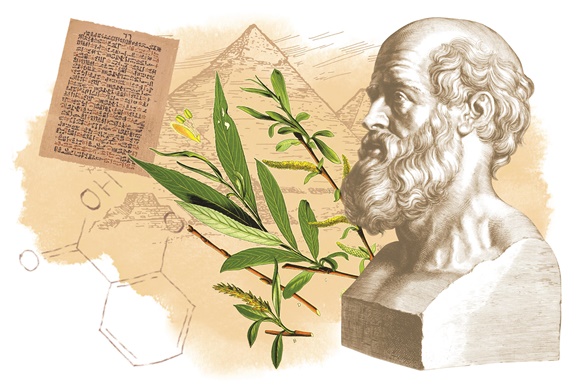
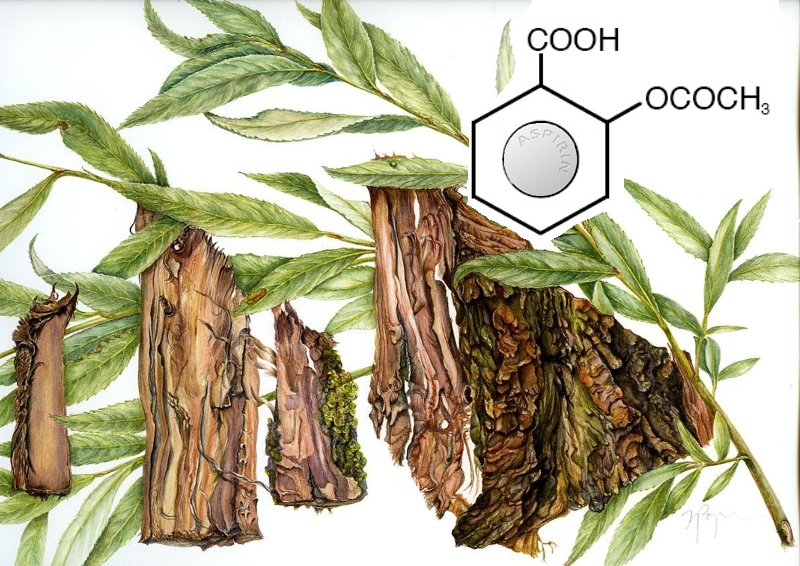
In 1763, @royalsociety published a study of dried willow bark for rheumatism, submitted by Edward Stone (1702-1768), a vicar from Chipping Norton in the Cotswolds & fellow @WadhamOxford. Back then a lot of “natural philosophy” (early science) was done by Anglican clergy./ 3 

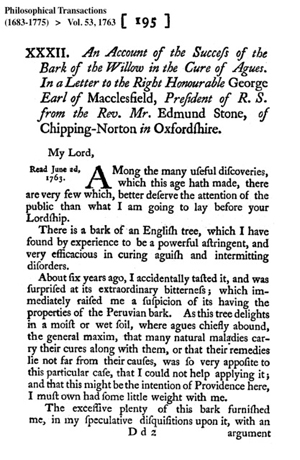
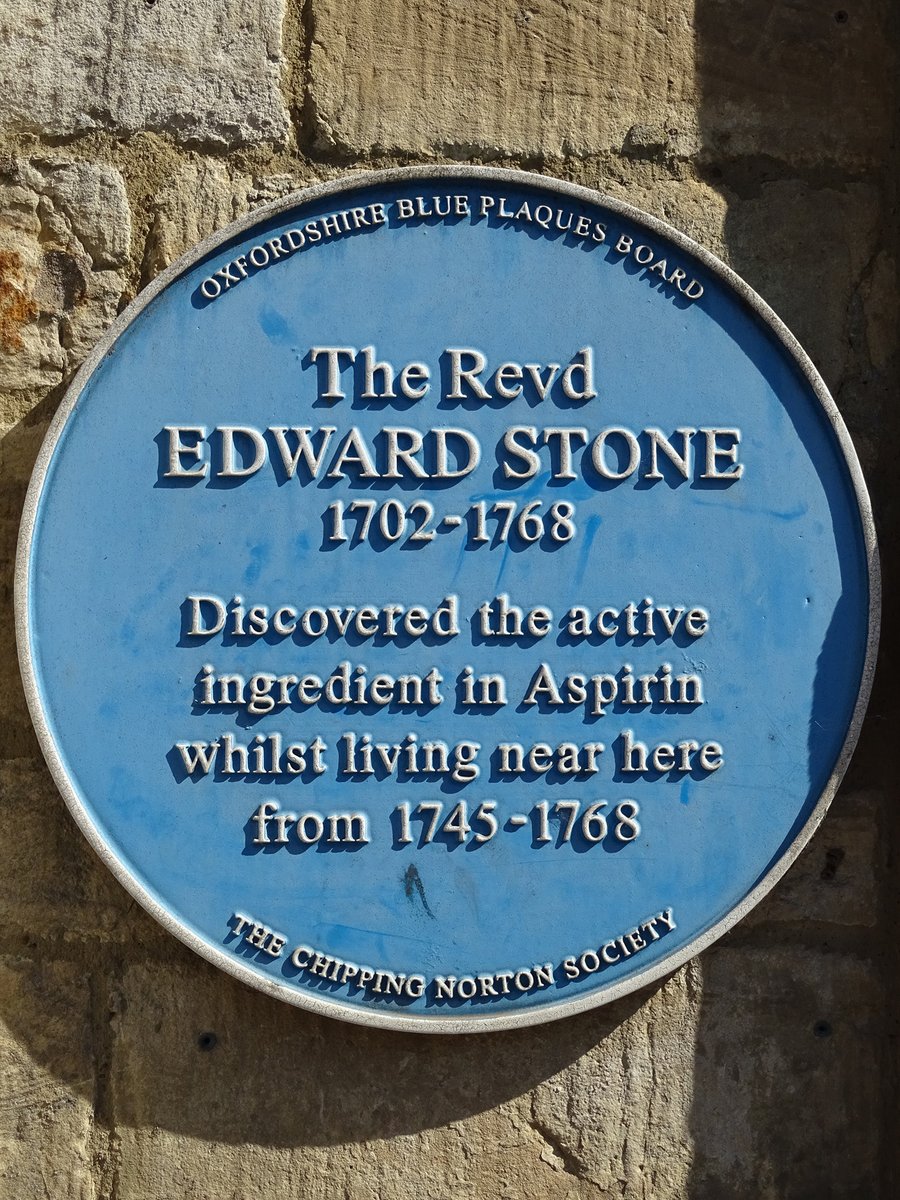
#HematologyTweetstory 34: Vitamin K. This tale includes 2 larger-than-life characters, self experimentation, & bloody cows. Also, yours truly was once *so* dedicated to hematology history that he drove to rural Wisconsin to search local property records related to this story.😉/1 


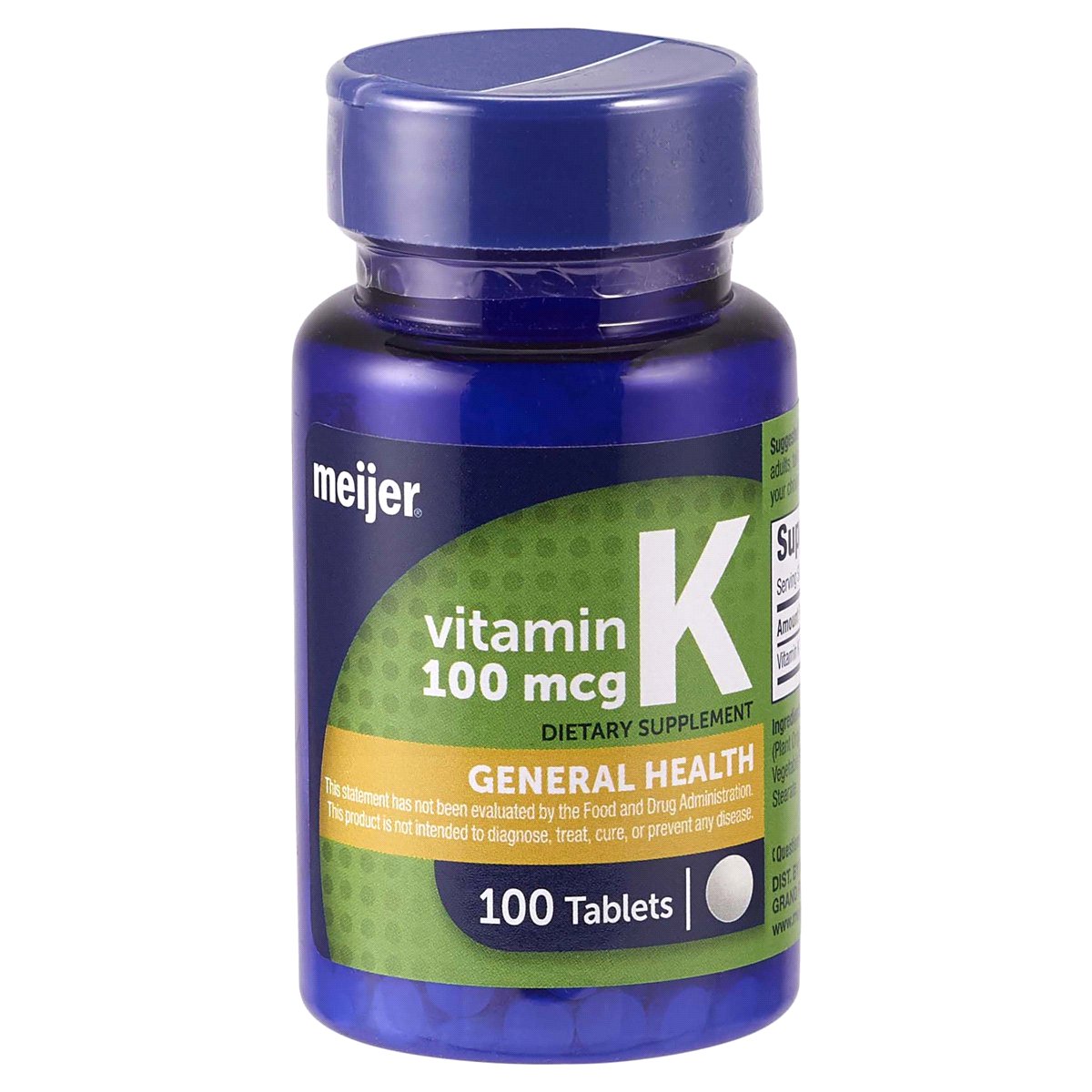
#HematologyTweetstory 33: hemoglobin variants, often said to be the most common single-gene genetic disorders in humans. “Disorders” is not entirely accurate, as many variants are clinically silent. We’ll focus on hemoglobinopathies; thalassemias are a story for another time./1 

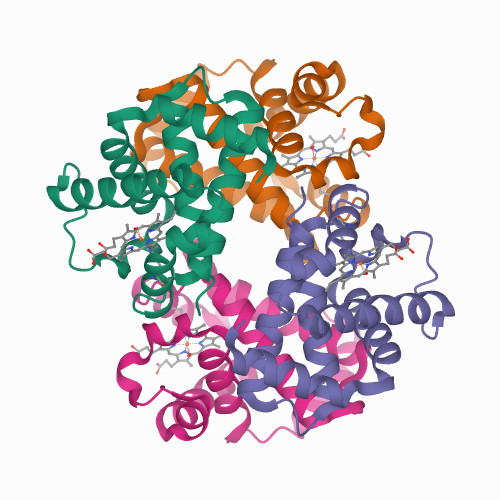

I got interested in this ~20 years ago & wrote a paper in 2001 @MayoProceedings about RBC disorders we'd incidentally noted in some of the many patients we saw @MayoClinic from the Middle East (esp. prior to 9/11). I then went to @MRC_WIMM in Oxford to a globin lab for 2 years./2 



#HematologyTweetstory 32: lymph nodes with names. There’s also a major personal announcement in this thread. We each have lots of lymph nodes: an estimated 500-600 (Image: @MayoClinic). Like stars, they cluster. (Did you ever think of your axilla as a lymphatic “galaxy”?)🙂/1 



One of the best known eponymous nodes is the “Sister Mary Joseph nodule”, named after the gifted woman born Julia Dempsey (1856-1939), who was Dr Will Mayo’s scrub nurse @MayoClinic and, as a Sister of Saint Francis, directed St Marys Hospital in Rochester, MN for 46 years./2 

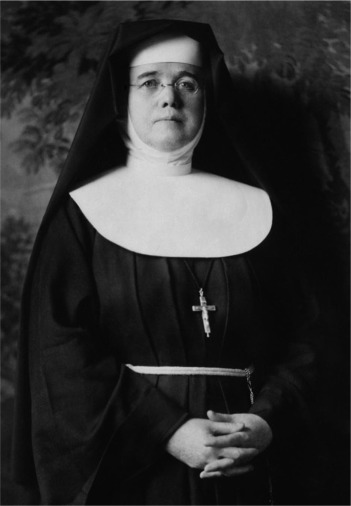

When she scrubbed abdomens before laparotomies, Sister Mary Joseph noticed that whenever there was a firm mass near the umbilicus, the patient turned out to have cancer. Will Mayo published an article in 1928 @MayoProceedings about this – he called it “pants button umbilicus.” /3 





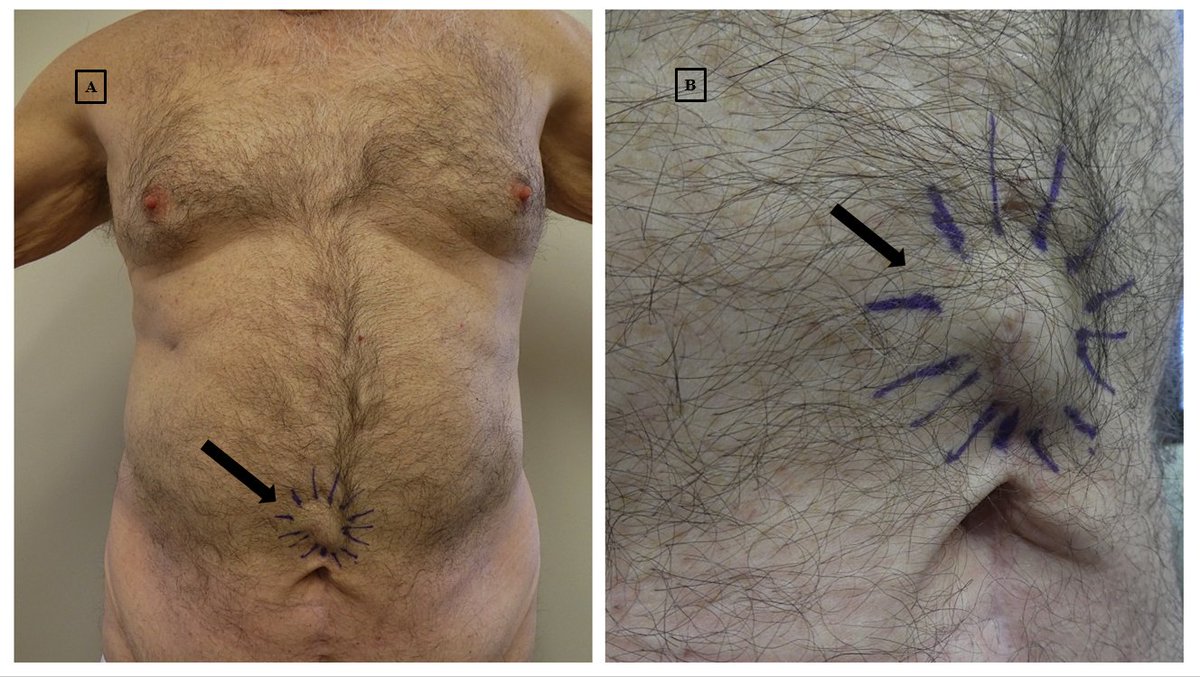
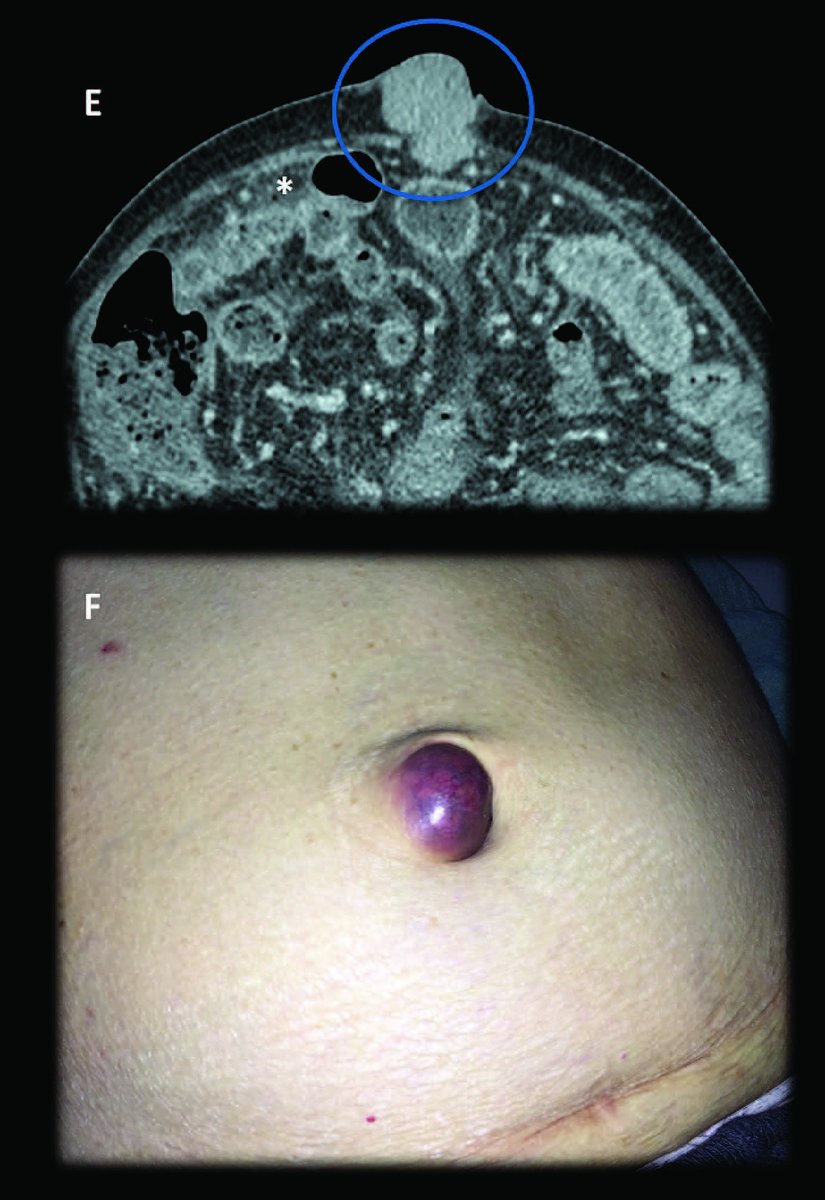
Here’s a thread about the #nucleus… no, Professor Ernest Rutherford, not the atomic nucleus that you discovered with your alpha particles back in 1911.😉 This is about *cell* nuclei and all their weird and wonderful forms, in blood cells and beyond. #HematologyTweetstory 31! /1 



This is George Grenville (1712-1770): Whig Politician, once First Lord of the Admiralty, then Prime Minister of Great Britain from 1763-1765, and later Chancellor of the Exchequer. Probably also a myeloma patient! And…the subject of #HematologyTweetstory 30, about old bones.🙂/1 
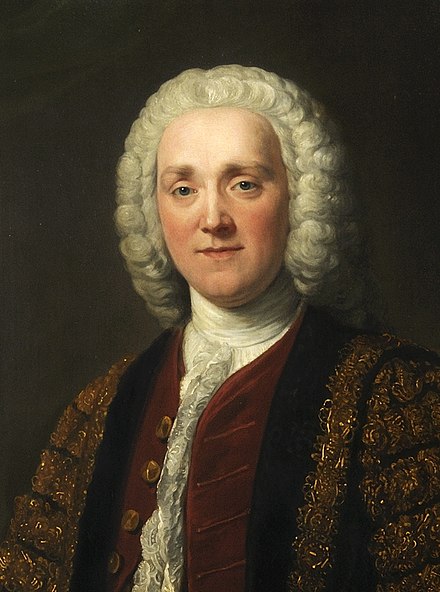
In December 2020, the 62nd Annual Meeting of @ASH_hematology #ASH20 will be “virtual” – a huge change from the previous 61 meetings. The first ASH annual meeting was in Atlantic City, New Jersey, April 1958. #HematologyTweetstory 29: how did ASH & the annual meeting come about?/1 
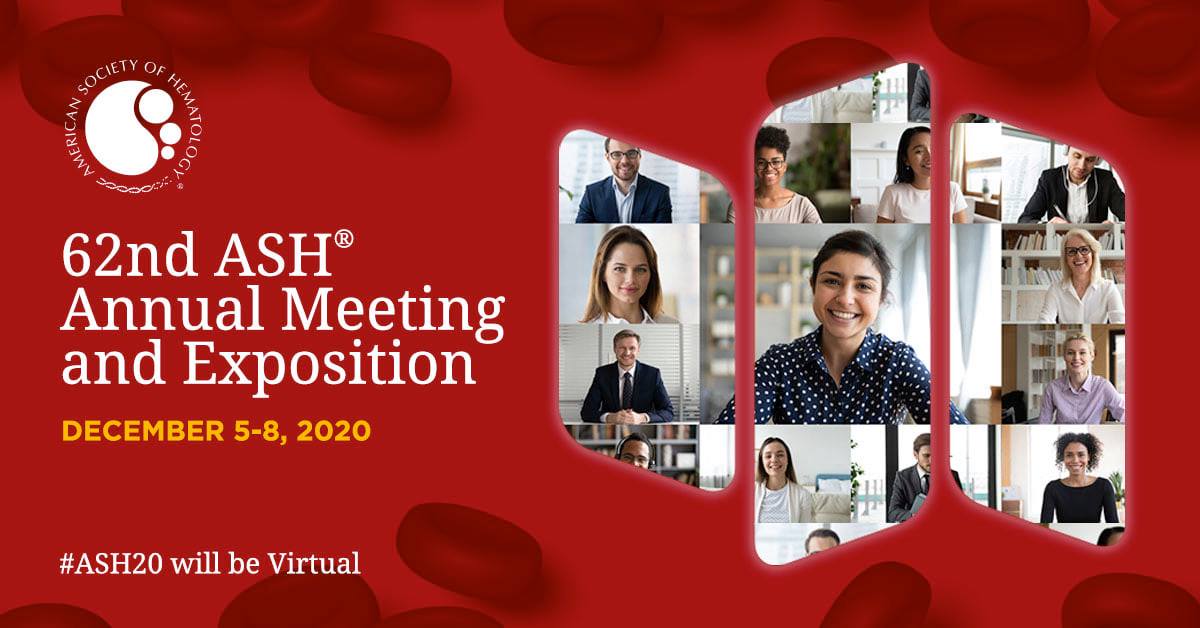
@BloodJournal came first! In 1941, Henry M. Stratton (1901-1984), a Jewish med student who immigrated to the US from Vienna via Havana in 1938, set up a publishing company called Grune & Stratton with a businessman named Ludwig H. Grunebaum. ("Grune" wasn’t involved for long)./2 

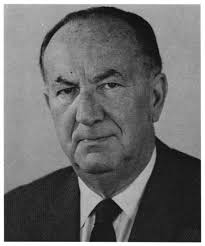
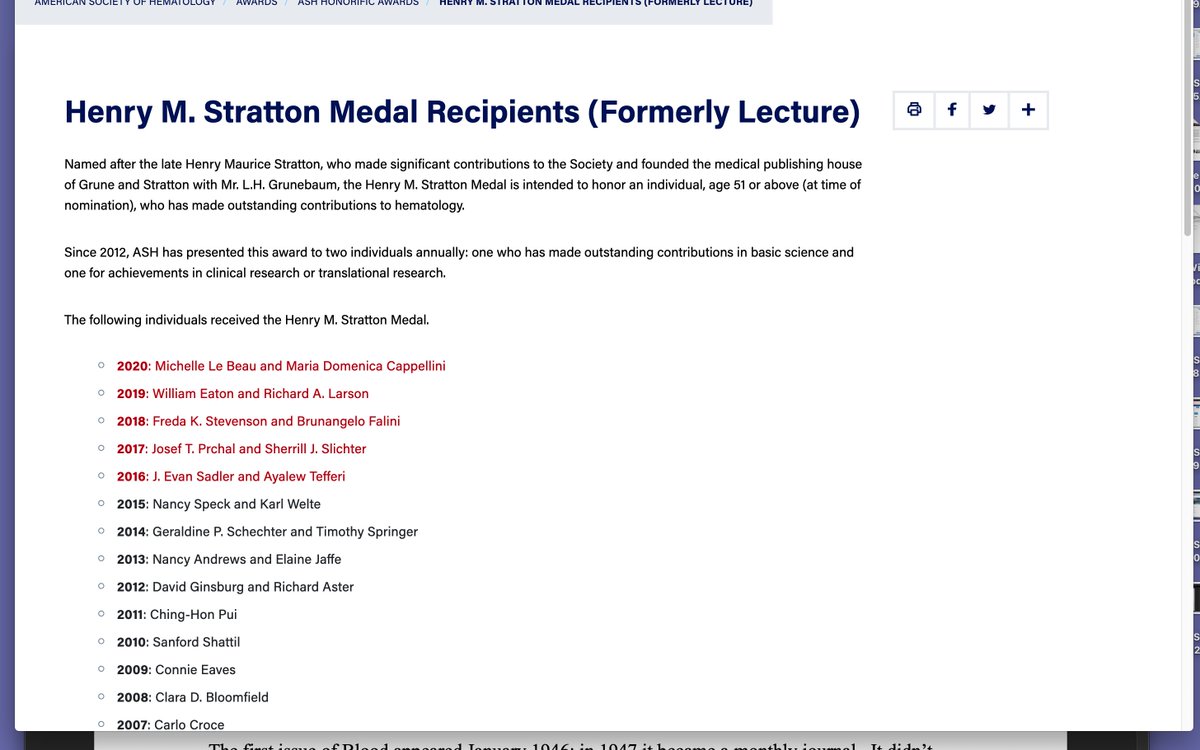
#HematologyTweetstory 27: “Down syndrome in Down House.” This story, based on a @BloodJournal article I wrote in 2005, sits at the intersection of history, hematology, and evolutionary biology. (Image of girl with trisomy 21 and AML blasts is from “Cancer Therapy Advisor”.) /1 
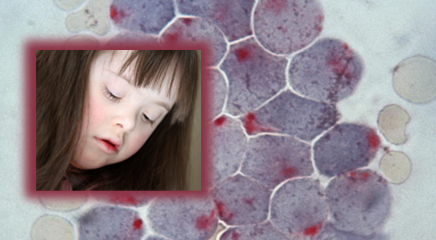
People with trisomy 21 – reviewed this past week in @NEJM – are at risk for hematological disorders. These include a transient myeloproliferative disorder (TMD) in infancy & markedly increased risk of AML, especially the megakaryocytic subtype (AML-M7)./2 nejm.org/doi/full/10.10… 
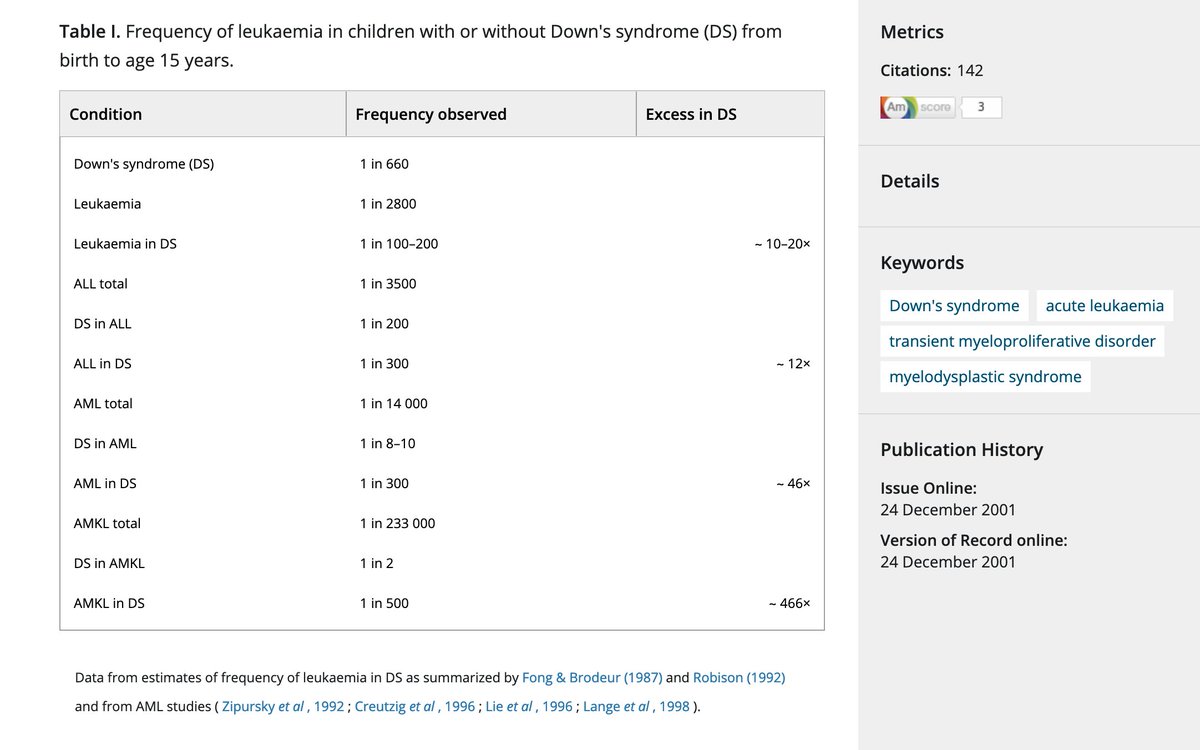
#HematologyTweetstory 26 - a short thread on arsenic and leukemia. Take a look at this graph, depicting the blood counts of a patient with leukemia. I took this picture from an old book on my shelf. Looks like successful cytoreduction, eh? Now look at the date on the top: 1890-1! 

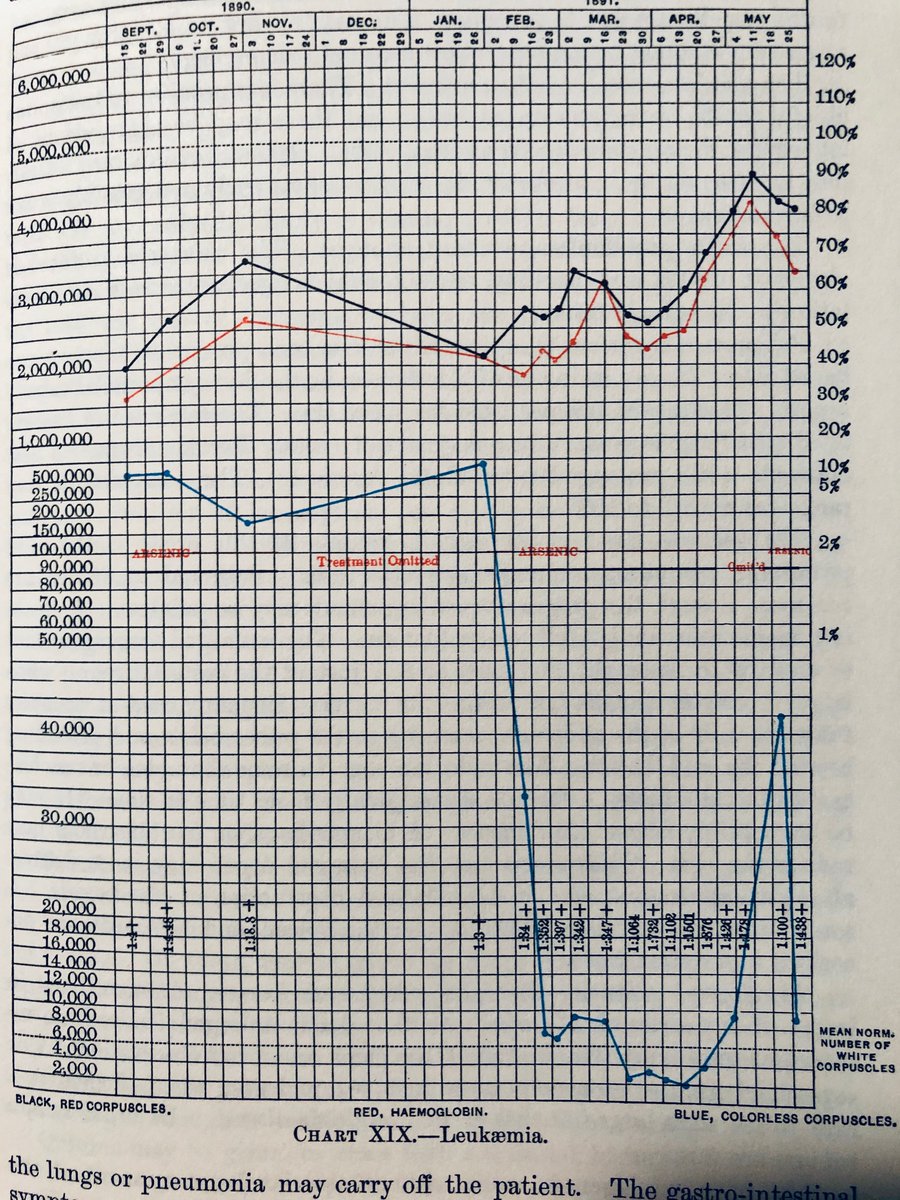
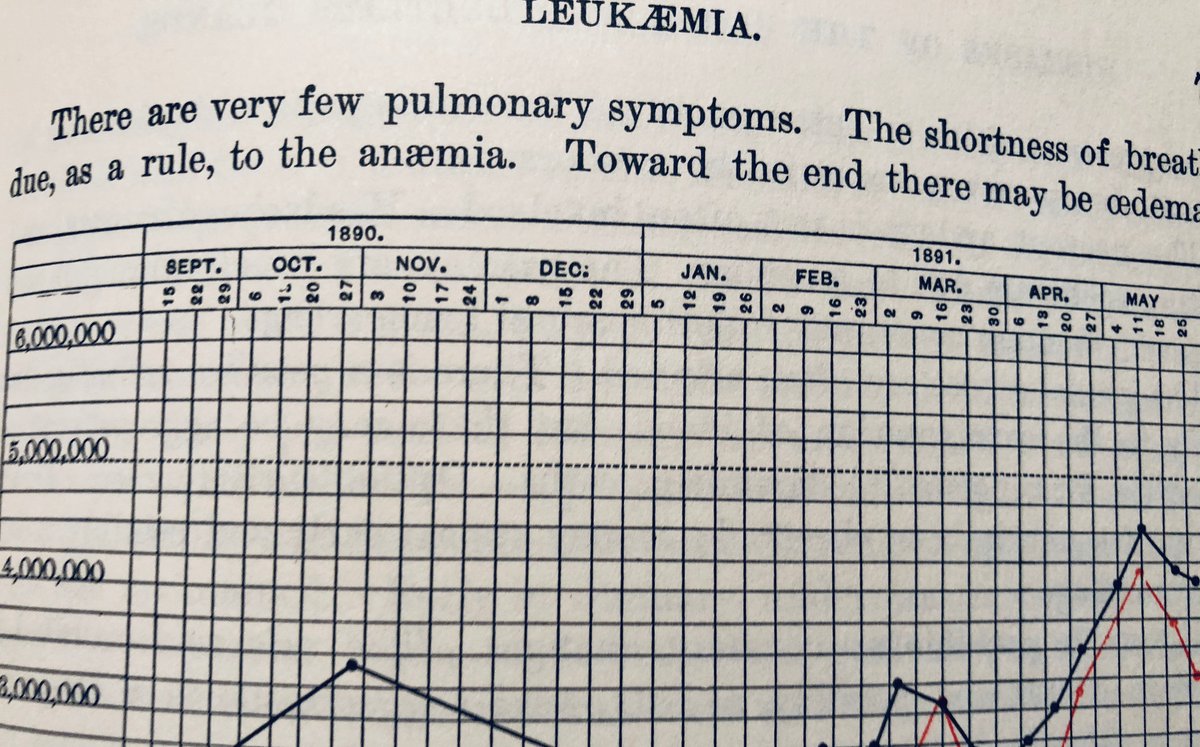
This graph was prepared by Dr William Osler, describing a patient he saw shortly after he took up his position at the new Johns Hopkins Hospital in Baltimore. The drug Osler used: #arsenic. The case is in the 1892 edition of his textbook "The Principles and Practice of Medicine." 

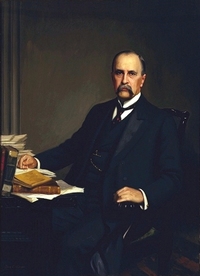
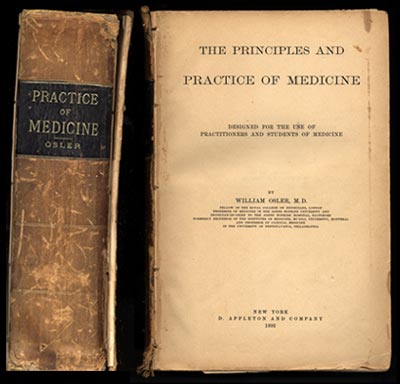
A follow-up to recent monster #HematologyTweetstory 22 on the names of all 71 @theNCI Cancer Centers: the National Comprehensive Cancer Network (@NCCN), which (especially outside the US) is sometimes confused w/ @theNCI, but doesn't get direct NCI funds./1 nccn.org/members/networ…
@NCCN was a mystery to me as a hematology-oncology fellow. What is it, exactly? A cancer center faculty club?🙂A quasi-cooperative group? I suspect I wasn't alone in my confusion. This thread will include some history & description - and will mention a few areas of controversy./2 

#HematologyTweetstory 23: a thread on how the confusing "myelo-" nomenclature arose. Myelodysplasia, AML, myelofibrosis. Myeloma. Myelomeningocele, poliomyelitis, and other neurologic conditions. Osteomyelitis (depicted). They *sound* connected - but are unrelated. #MDS #MMsM /1 

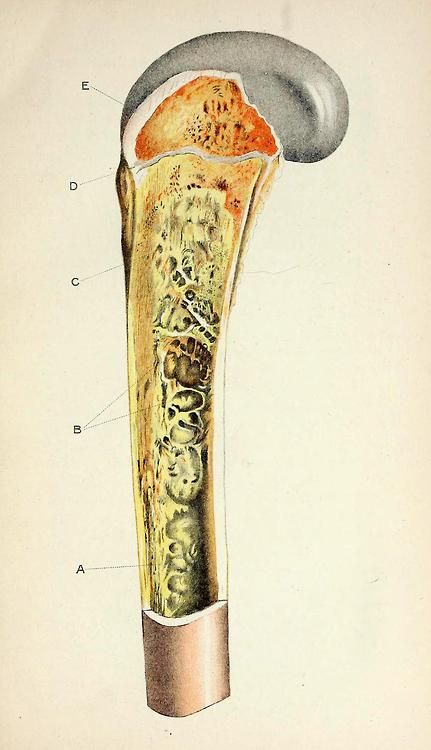
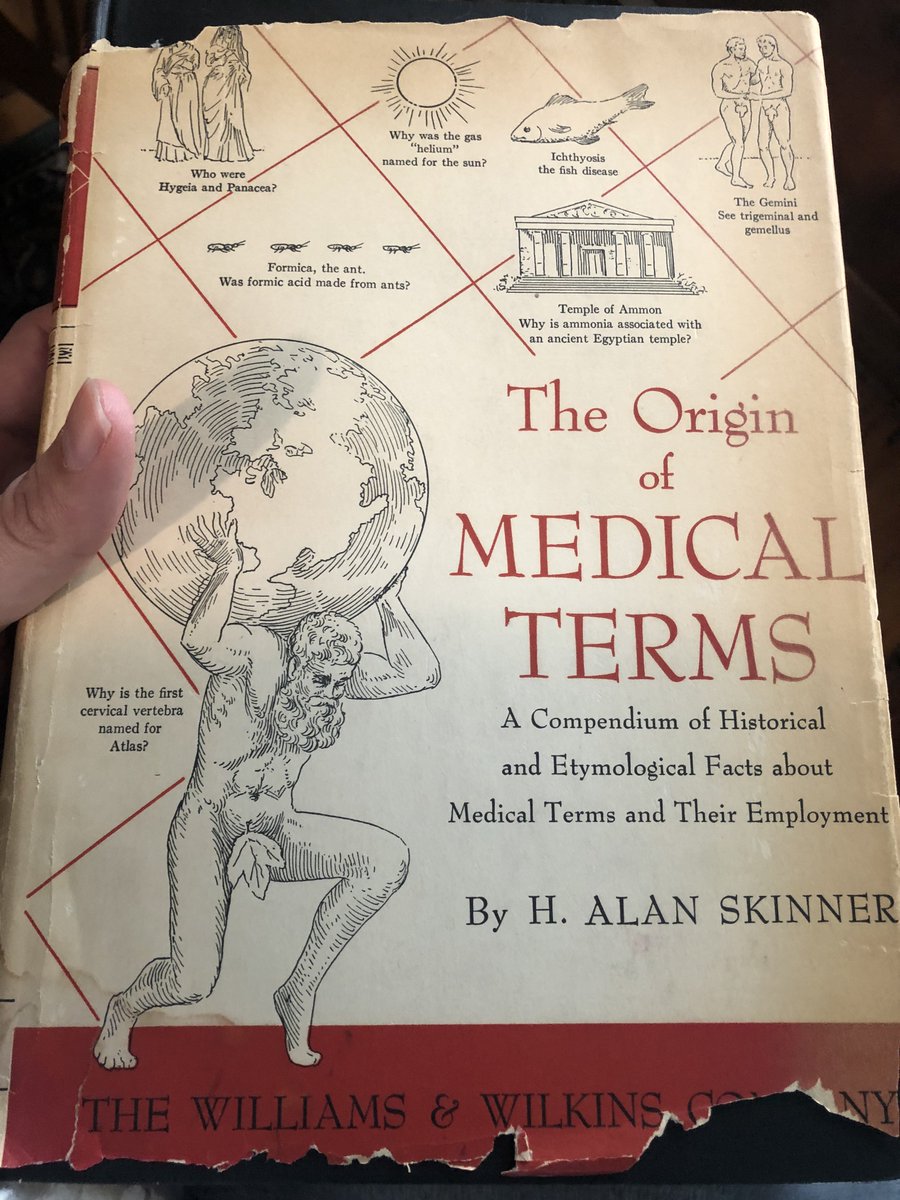
I think I first did a @PubMed search on “myelodysplasia” around 1997, looking for a paper about #MDS marrow. But the search returned a bunch of articles about spina bifida, not about bone marrow. This was a surprise. The @SpinaBifidaAssn even has a seal named Myelo as a mascot./2 

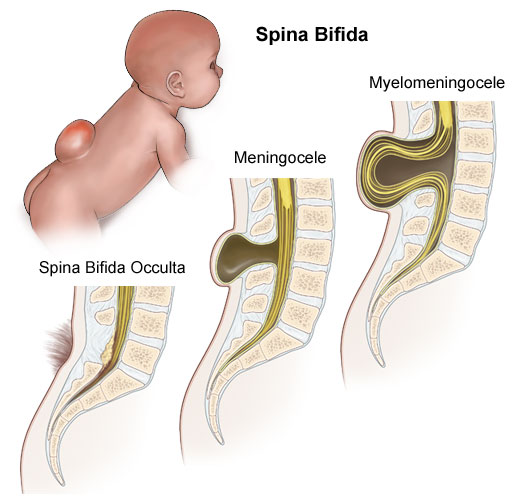
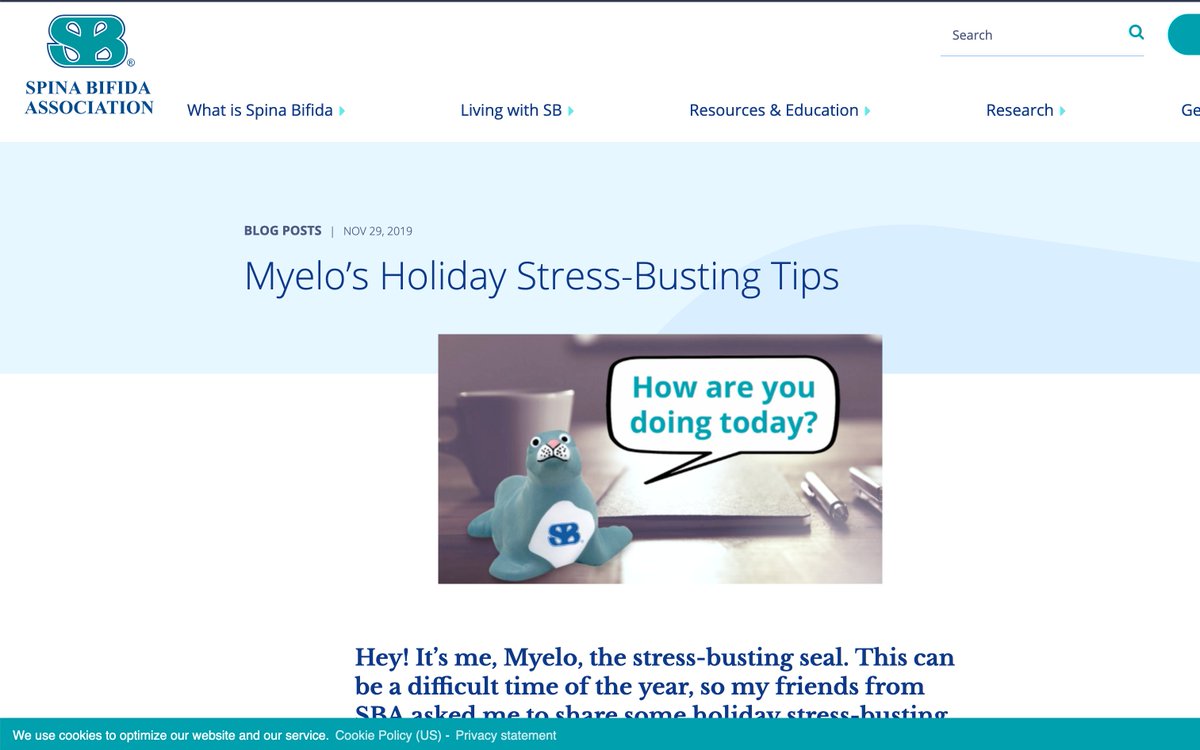
The linguistic connection in English (and other languages) between marrow and brain/spinal cord is unexpected, and results from a historical misconception./3
In 1956, Benjamin Castleman et al described 13 cases of mediastinal lymph node hyperplasia that resembled thymomas grossly and microscopically 

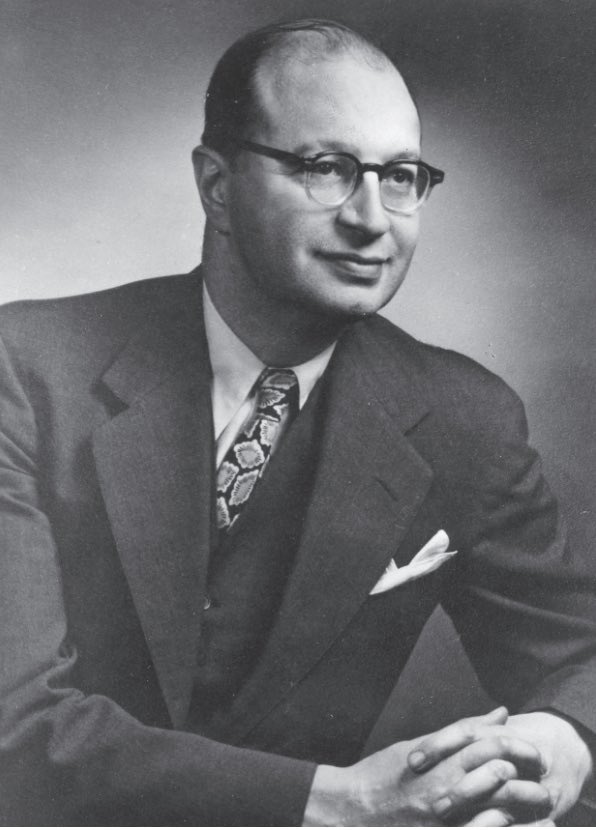

#HematologyTweetstory 22: This one is a doozy, and will be uploaded in stages. There are >1,500 cancer centers in the US! Currently 71 (<5%) are designated by @theNCI (newest is Miami's @SylvesterCancer). Where did they get their names? Mostly - but not always - via philanthropy: 
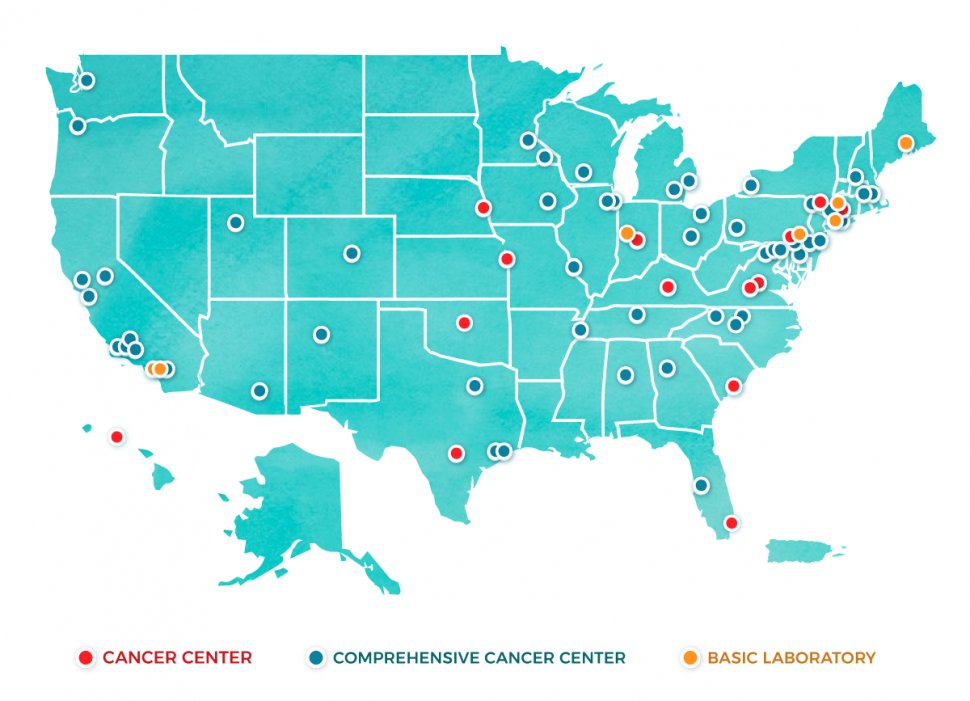
@theNCI Cancer Center program began in 1971. Today there are 51 Comprehensive Cancer Centers, 13 Clinical CCs & 7 Basic Laboratory CCs. To join this “club” a center needs >$10M annual research funding & has to file a huge (often >1000 pages) P30 Support Grant every 5 years. 

We'll hit all 71 (!), in alphabetical order by state, beginning with Alabama. Note that some states don't have an NCI Cancer Center (AK,AR,ID,LA,MS,MT,ND,NV,RI,SD,VT,WY). Many American kids had to memorize a song like this one about 50 states in school:
#HematologyTweetstory 21: the “CD” nomenclature. Musical CDs may be obsolete (though I still have a lot of them from college days; Paul Simon’s “Graceland” wins for most listens). Communicating clearly about blood cell surface markers? Here to stay.🙂 @ASH_Hematology #hemepath/1 

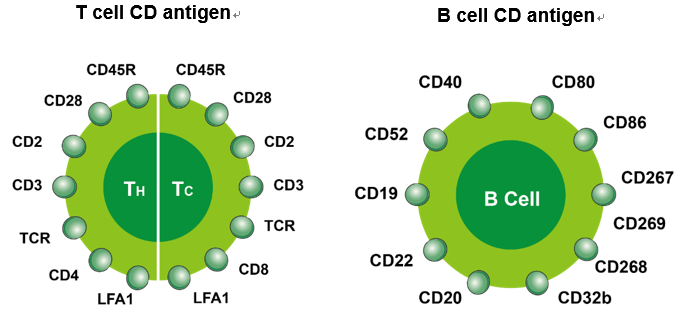
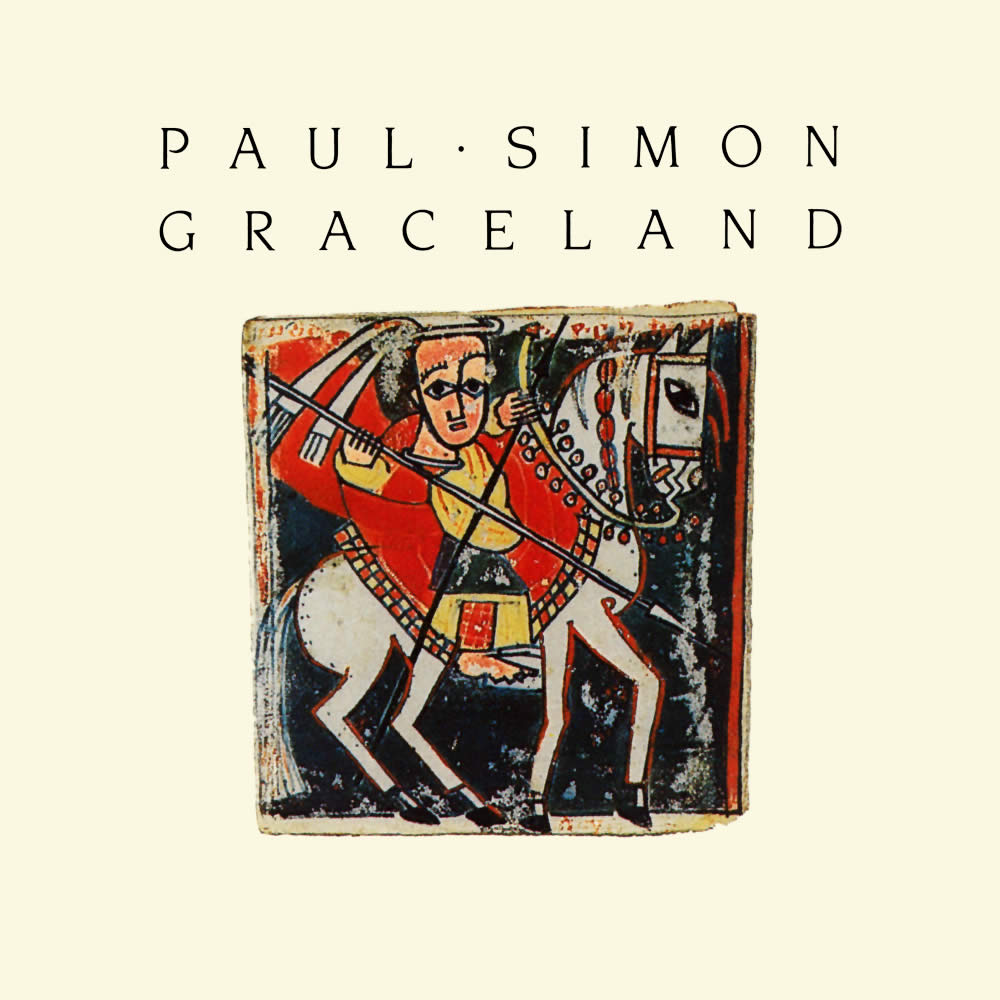
In the 1970s, German Georges Köhler & Argentinian-born César Milstein at @MRC_LMB fused myeloma cell lines w/ B cells to create immortal “hybridomas” that could produce specific monoclonal antibodies. Development of MoAbs led to a wave of discovery of cell-identifying markers./2 


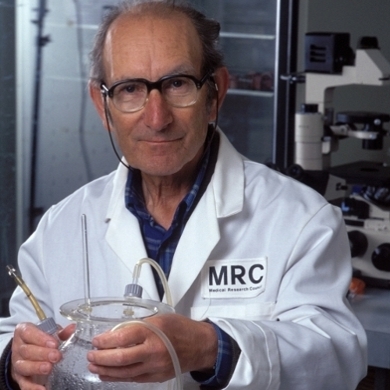
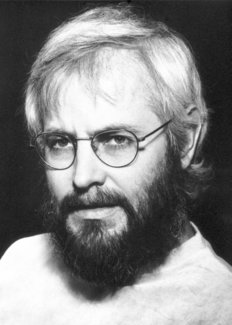
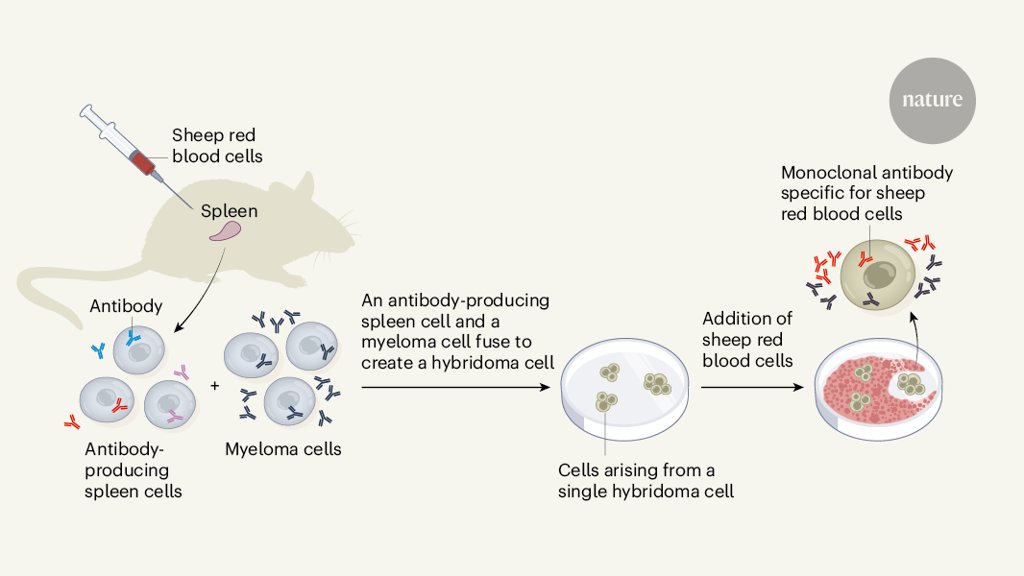
In the late 1970s & early 1980s, labs all across the world used this new #monoclonalantibody technology to move beyond morphology in cell identification. The same cell surface molecule identified by multiple laboratories was given different names. It got hard to read papers!/3 

Ribose, ribosomes, ribonucleic acid (RNA): none of them have anything to do with ribs. #HematologyTweetstory 20 is about the curious origin of those names, as the world grapples with a dangerous self-replicating #RNA virus. (RNA Image: @ScienceMagazine )/1 

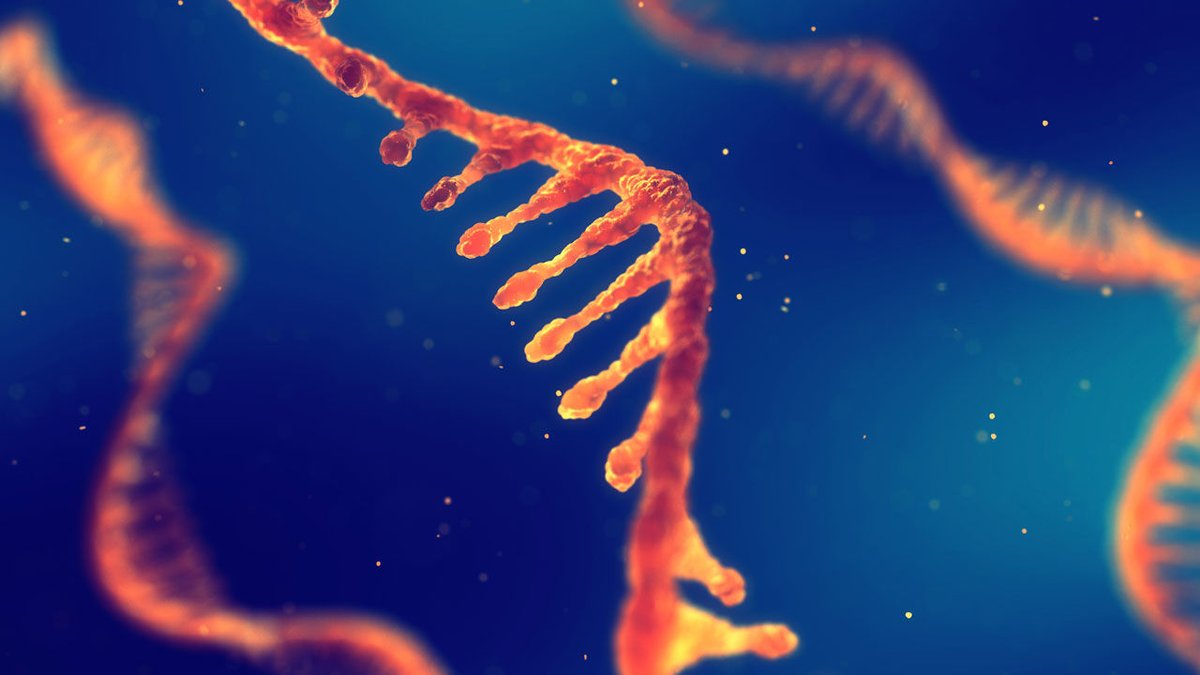

#HematologyTweetstory 17 is about el bazo, die Milz, селезенка, तिल्ली - whichever name you use for the mysterious organ that in English is the spleen. Ask the proverbial man on the street, “What does the spleen do?”; he won’t know. (Image: Gray's Anatomy; the book, not TV show.) 

In honor of @RedCross #BloodDonorMonth, #HematologyTweetstory 15 is about blood groups: how they got their names. Most people know of ABO & Rh, but there are >35 (and counting!) blood group systems recognized by @ISBTCO. Antigen image: Williams text 9e. Bloodmobile:@DanaFarber./1 


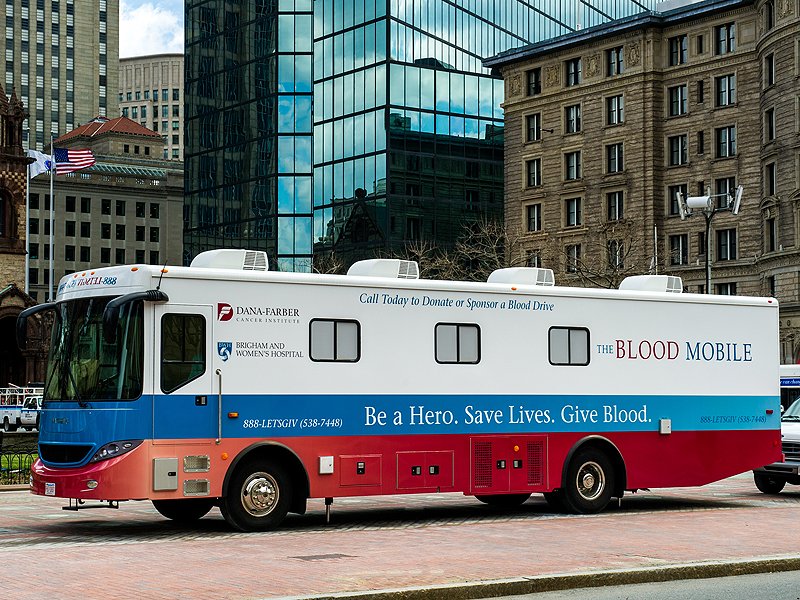
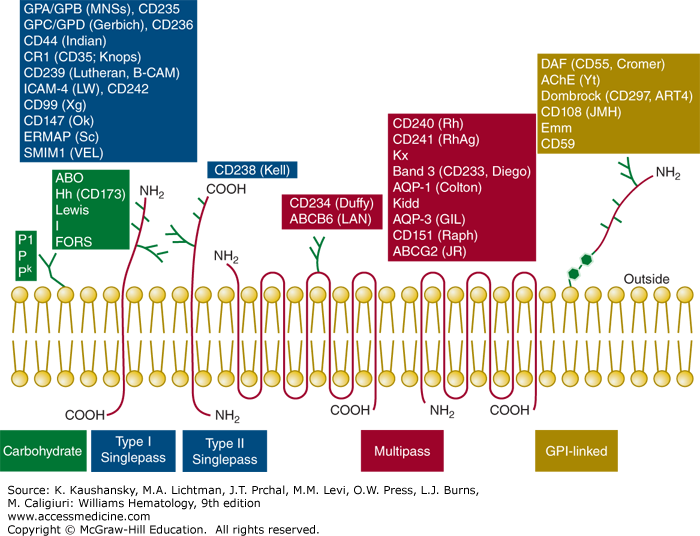
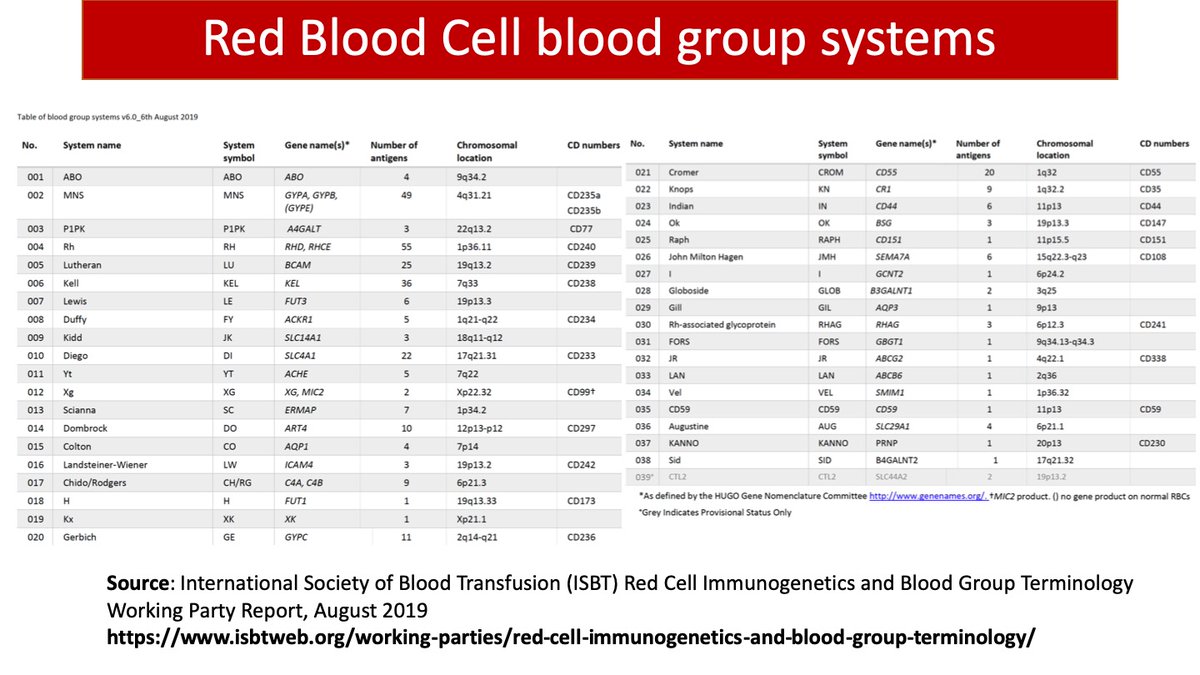
Of course, blood groups didn't evolve just to make transfusion unsafe & create work for blood banks. The antigens have real physiologic functions (Table: Dacie & Lewis). There are also weird epi associations, eg O blood is tastier to mosquitoes & lowers von Willebrand factor./2 

Transfusions have a long & complicated history, stretching back to Richard Lower in England and Jean-Baptiste Denys in France in the 1660s. Blood typing & grouping, however, clearly began with #KarlLandsteiner (1868-1943) in Vienna in 1900-1901. (R image source: Blausen staff) /3 

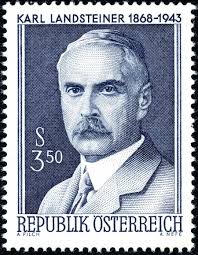

This is Mary from Norway (1914-2002), the first patient described with “proaccelerin” (Factor V) deficiency. Since FXIII is the highest numbered coagulation factor (though there are more!) #HematologyTweetstory #13 is a (selective) tour of coag. factor names. Image: Stormorken./1 


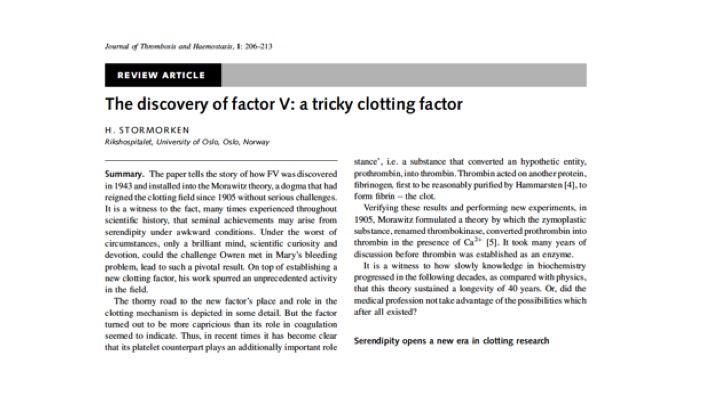
My recent DNA #nucleobase etymology thread turned out to be surprisingly popular. So now let's do the amino acids -- #HematologyTweetstory 12. This pretty chart of the #aminoacids is from “BioNinja”: ib.bioninja.com.au/standard-level… 
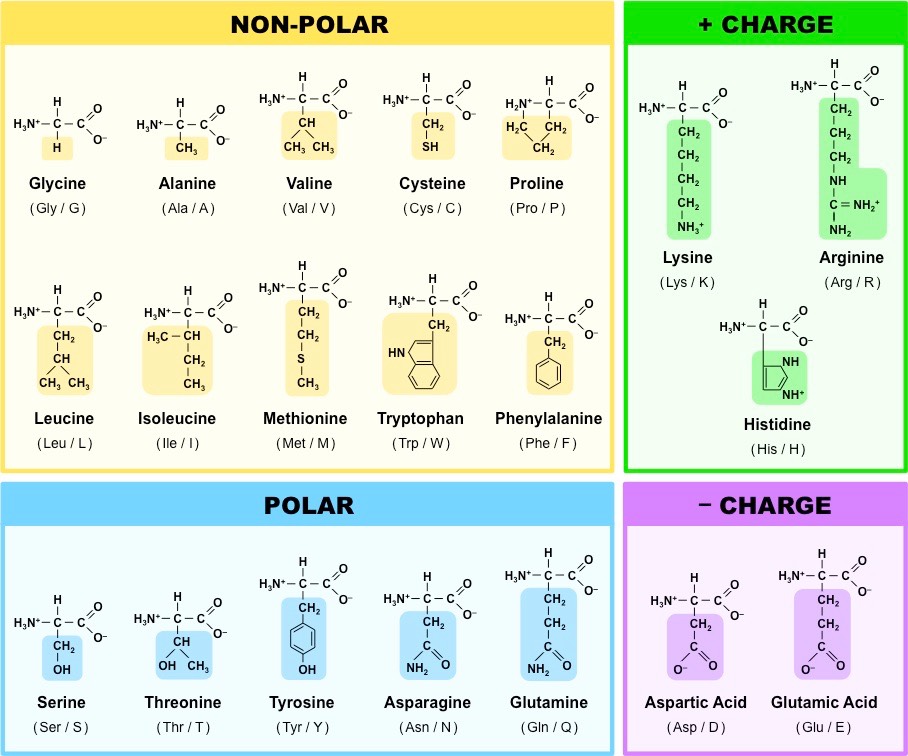
Knowing word origins isn't essential to using terms well, but these histories can be interesting and illuminating. So, while you may not be a bodybuilder💪🏋️♂️🏋️♀️ who eats amino acids to bulk up, you can read #HematologyTweetstory 12 to build up your “body of knowledge". 😉 
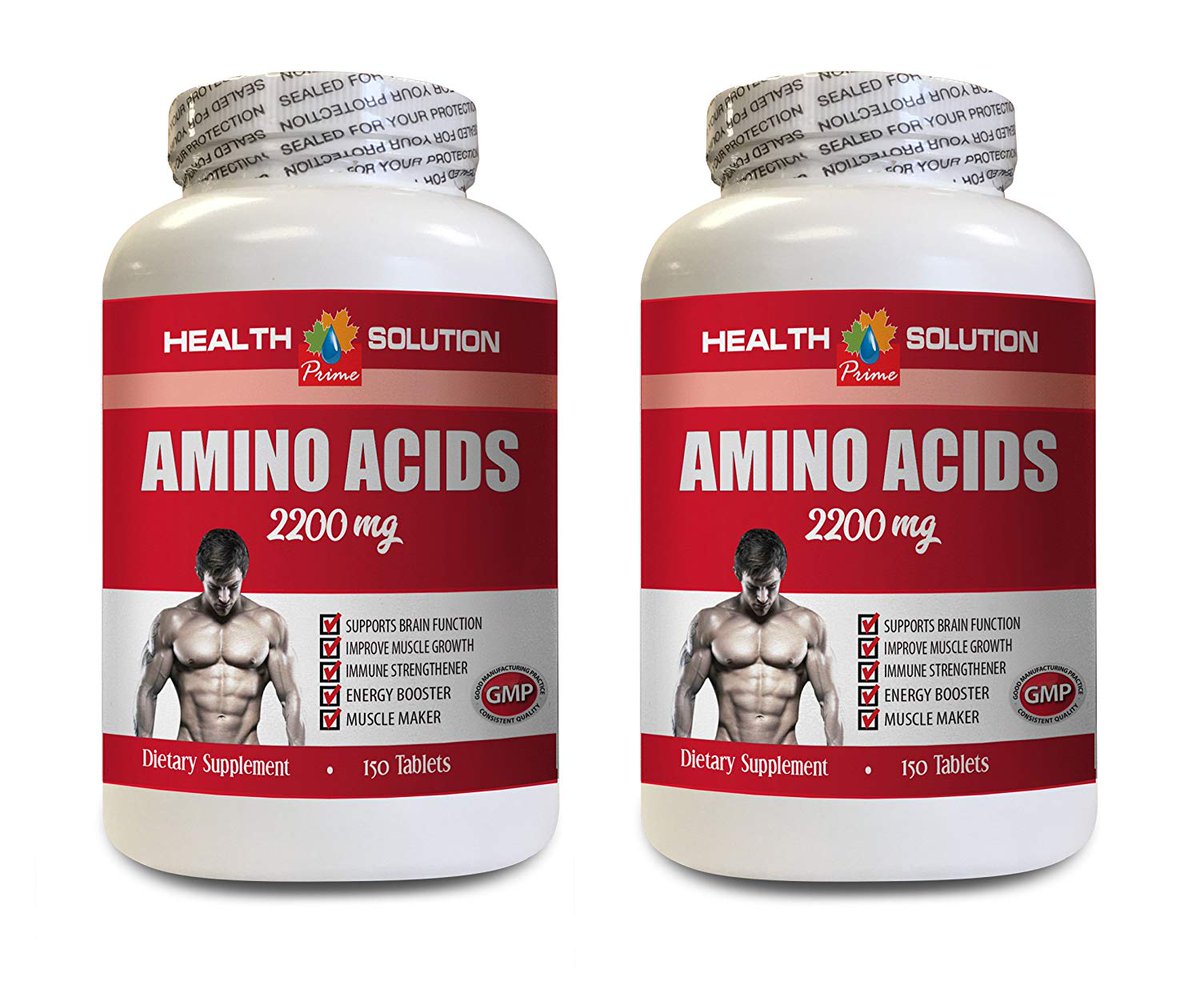
Let’s start with #Arginine, “the pirate’s favorite AA” (Arrrr!)🤪, first isolated by Ernst Schulze in Zürich (1886) from lupin seeds. His arginine crystals looked silvery; the Greek word árgyros (ἄργυρος)=silver. Argentina, rich in silver ore, gets its name from the same root./2 




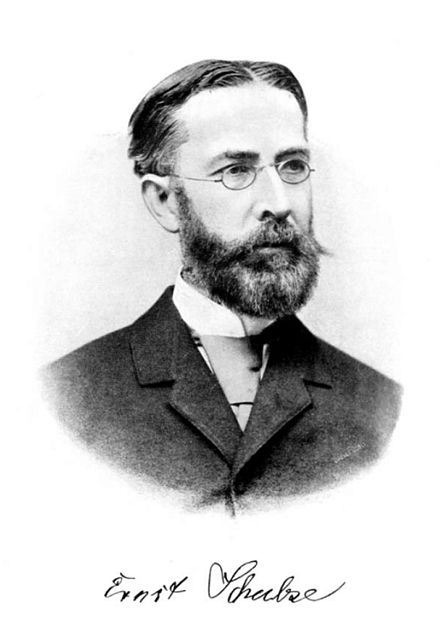

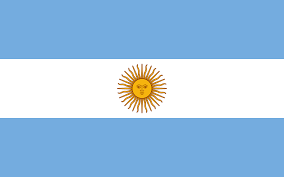
#HematologyTweetstory 10: how did the 5 major #nucleobases get their names? This is slightly tangential to hematology, admittedly, but is a cool story that I’ve been aching to tell since I went through an intense etymology phase many years ago (still have lots of dusty books)./1 
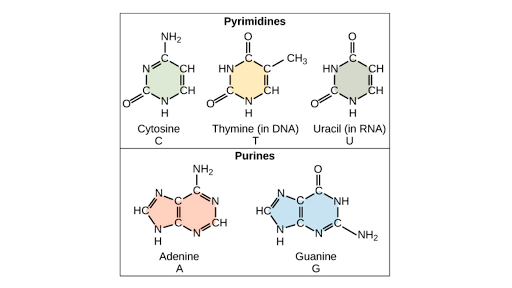
#Guanine is probably the most interesting of the 5. It was first isolated in 1846 from guano, i.e. bird crap, by German chemist Julius Bodo Unger (1819-1885), who studied with the famous Justus Liebeg in Gießen. Unger later owned a factory in #Hannover. Guano image from JSTOR./2 

It is hard to imagine just how important seabird guano was economically, back before the beginning of the 20th century when Fritz Haber (who favored #PelgerHuet style eyeglasses😉) figured out how to fix nitrogen artificially & make ammonia. Guano was used for fuel, fertilizer./3 
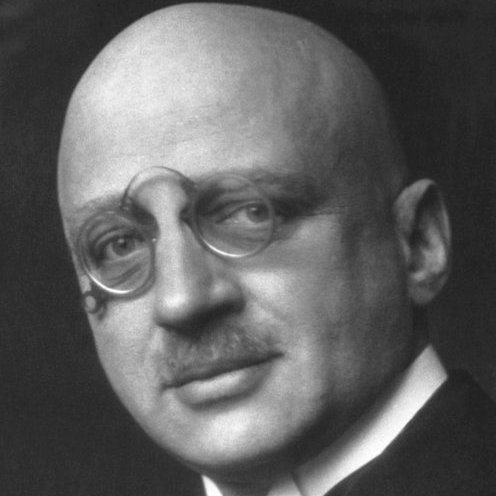
#HematologyTweetstory 9: the “Philadelphia” chromosome! Whole books have been written about this saga; we’ll focus on some of the most interesting highlights. A shout-out to @LuskinMarlise – former @PennMedicine fellow & now @DanaFarber colleague - for suggesting this topic. /1 
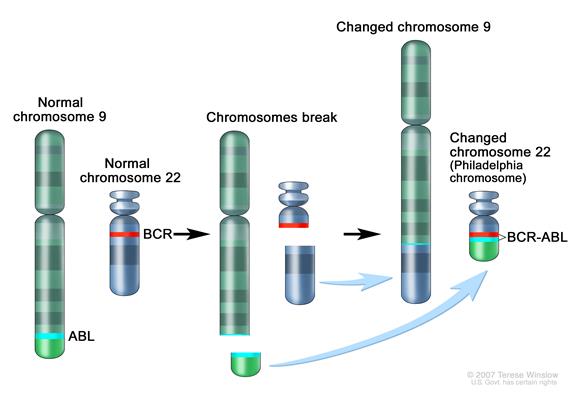
The key discovery in a "nutshell" (karyo=nut in Greek): in 1959, David Hungerford (1927-1993) and Peter Carey Nowell (1928-2016) @Penn found a peculiar-looking tiny chromosome in cells from 7 patients w/ a disease then called “chronic granulocytic leukemia", now known as #CML./2 

Nowell, a Philadelphia native, had graduated from @Penn in 1952 and then returned to join the faculty in 1956 after doing radiobiology research while in the US Navy. He started working on leukemia, not really sure where his research was going, then had a happy accident./3 
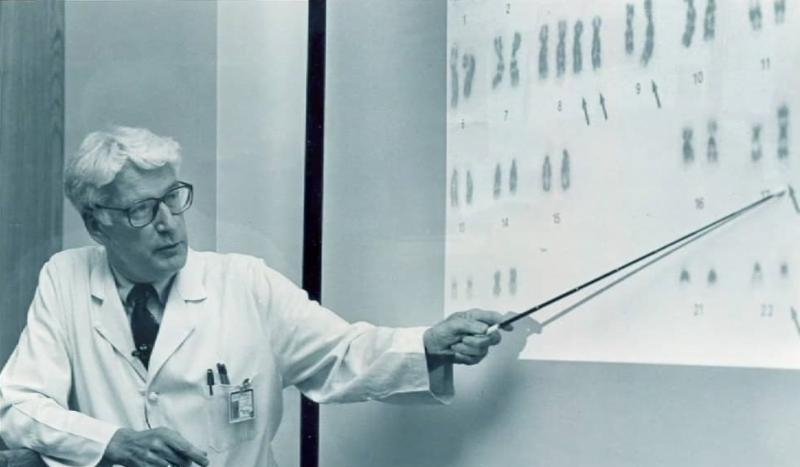
#HematologyTweetstory 8: Auer rods! These peculiar cell inclusions are a worrisome finding, defining an immature blast cell as one of myeloid lineage… and they are also probably mis-named. This image is from a chapter I wrote for a board review book @MayoClinic circa 2007. /1 
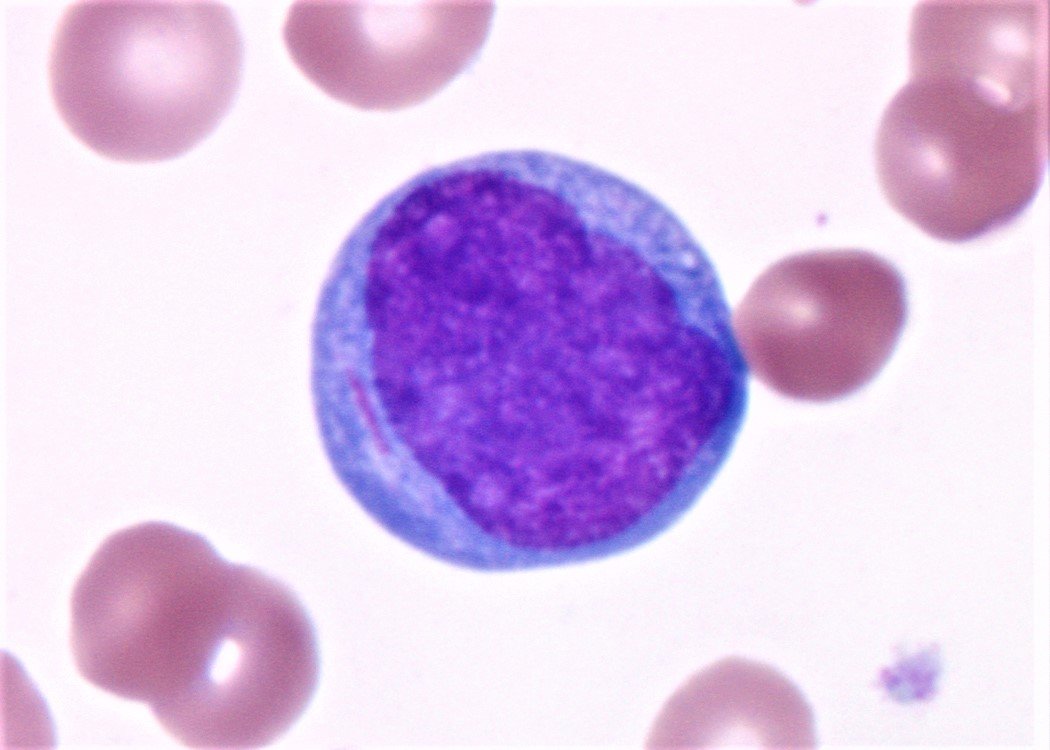
Eponymous John Auer (1875-1948) was from Rochester, New York. He got his BS @UMich, started his medical training at @HopkinsMedicine in 1898, then moved to @RockefellerInst in 1903 where he worked on anesthesia (and also married Dr. Clara Meltzer, the daughter of his mentor.) /2 
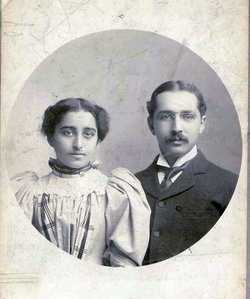
In 1906, in #AJMS, Auer described peculiar rod-shaped structures in the blood cells of a 21 y/o Spanish-American War veteran who presented to Osler’s service @HopkinsMedicine with tonsillitis and epistaxis, and was found to have anemia and leukocytosis. Their diagnosis: ALL. /3 
